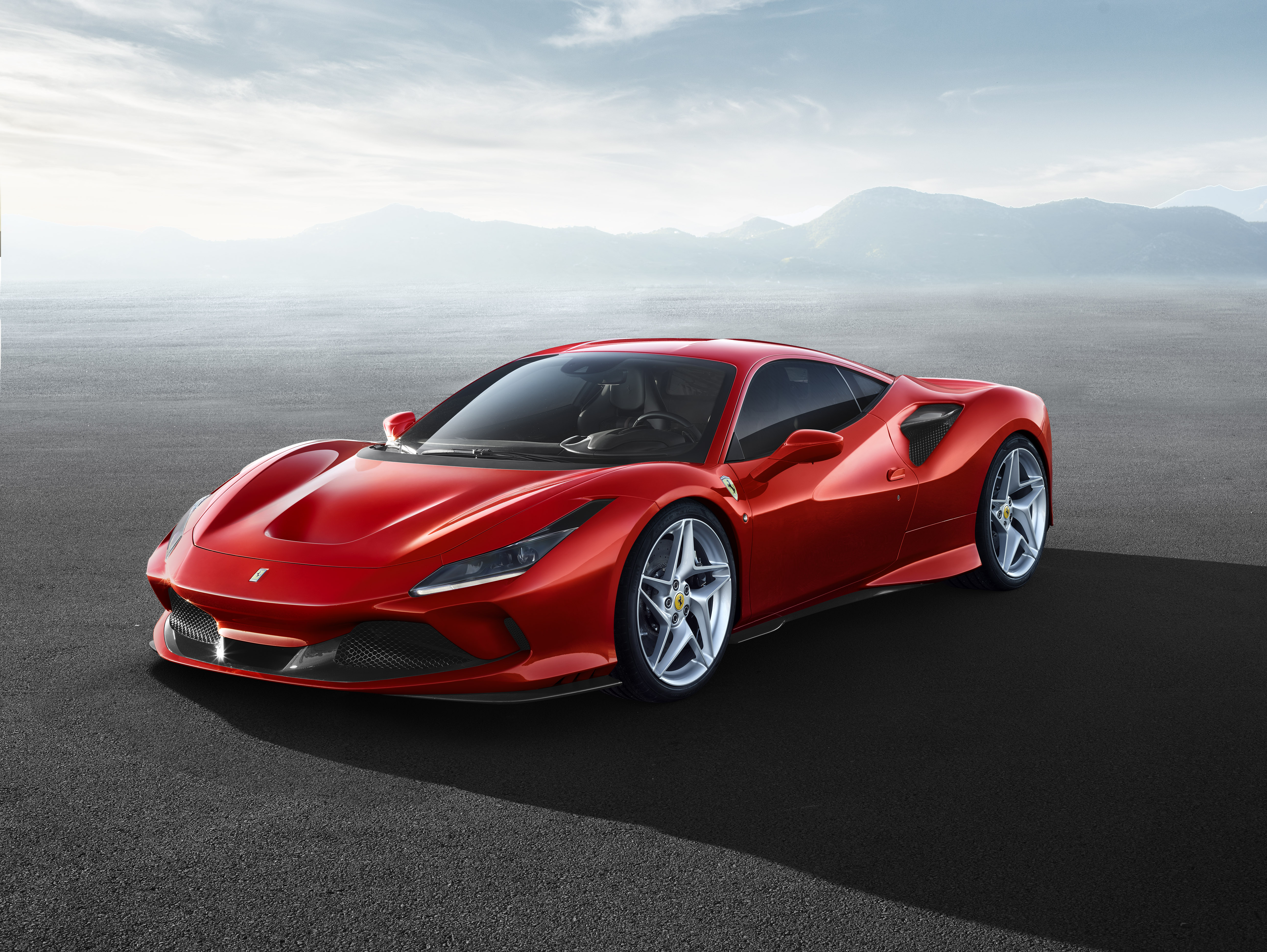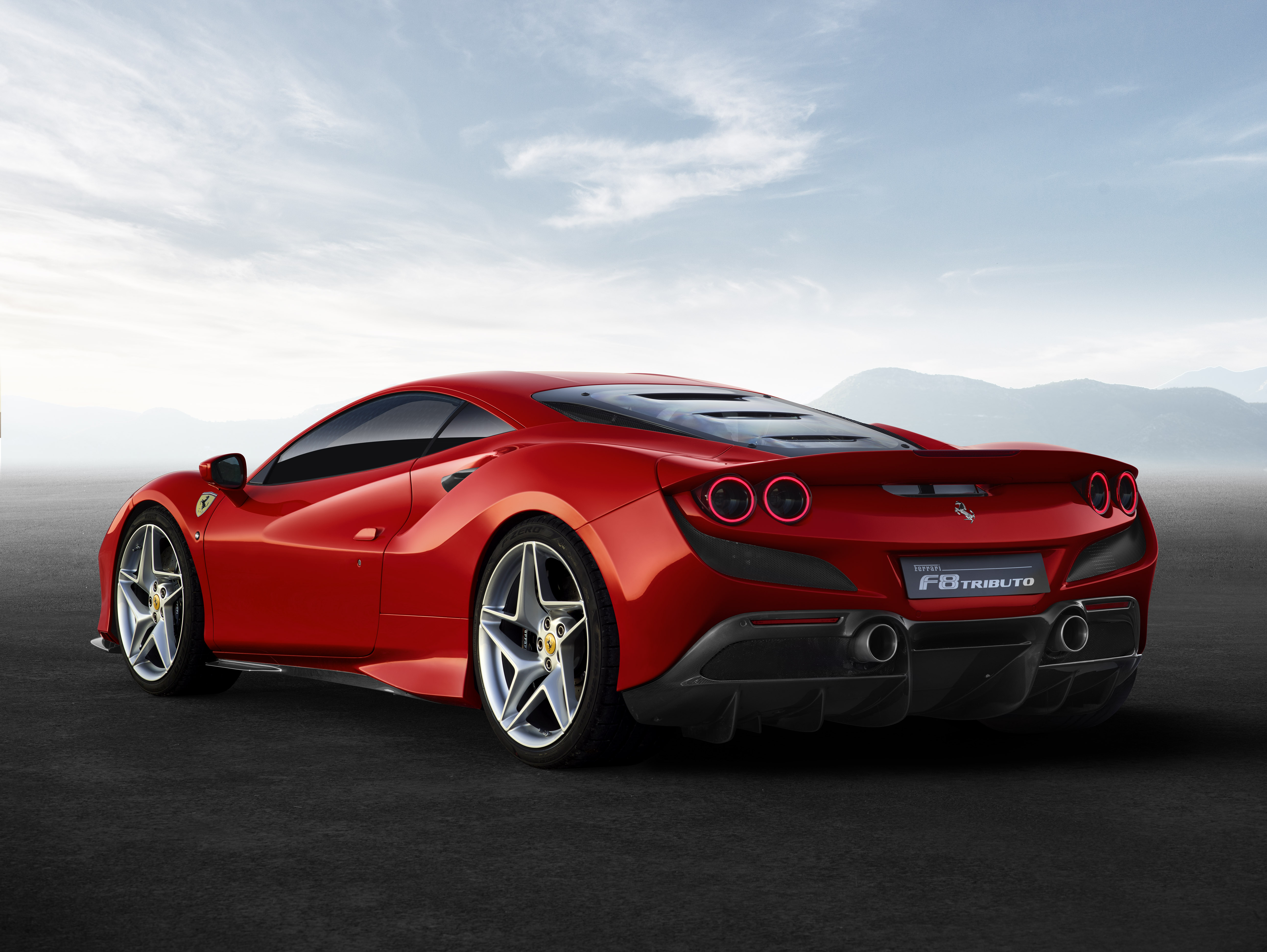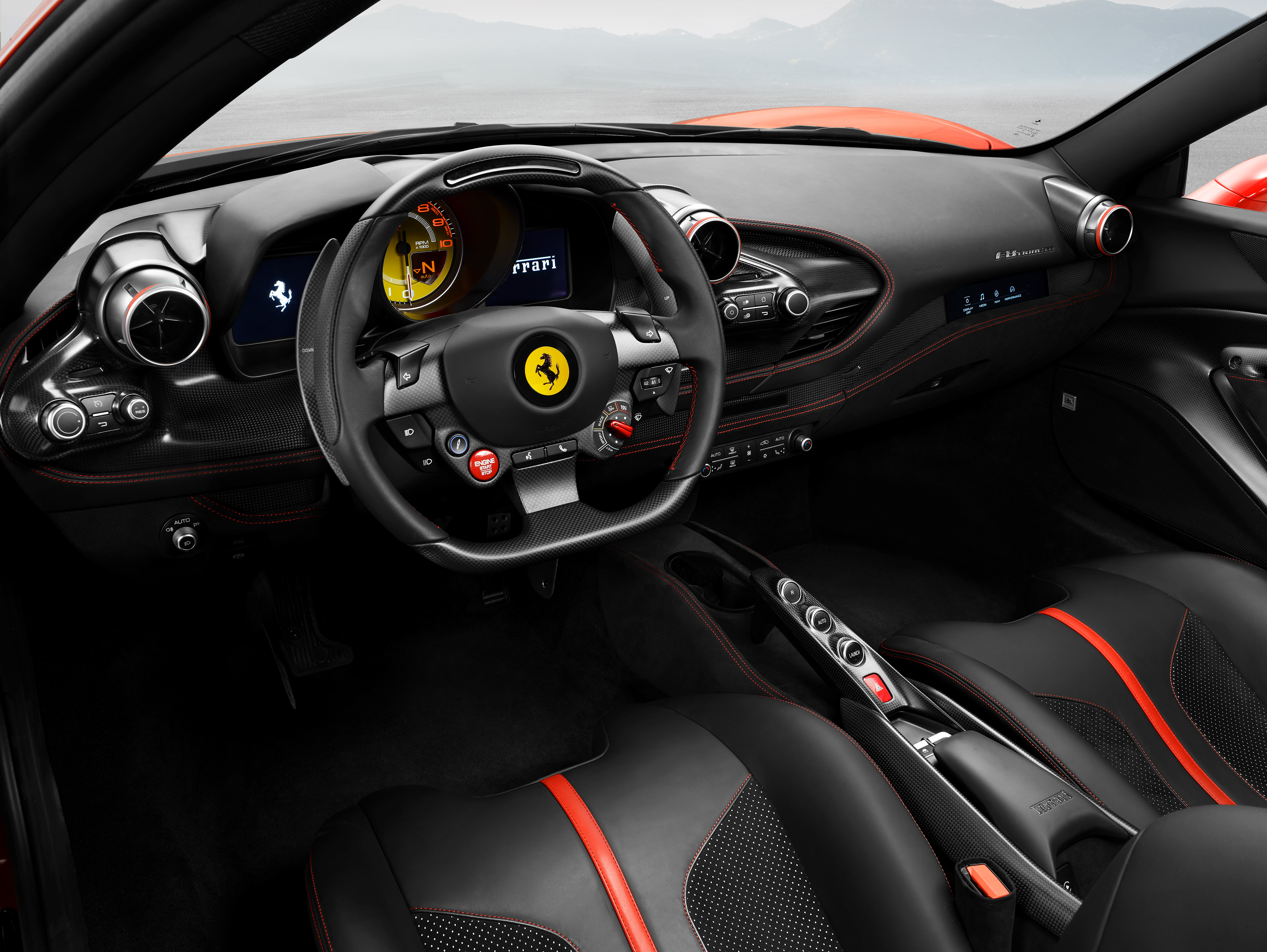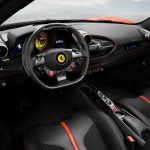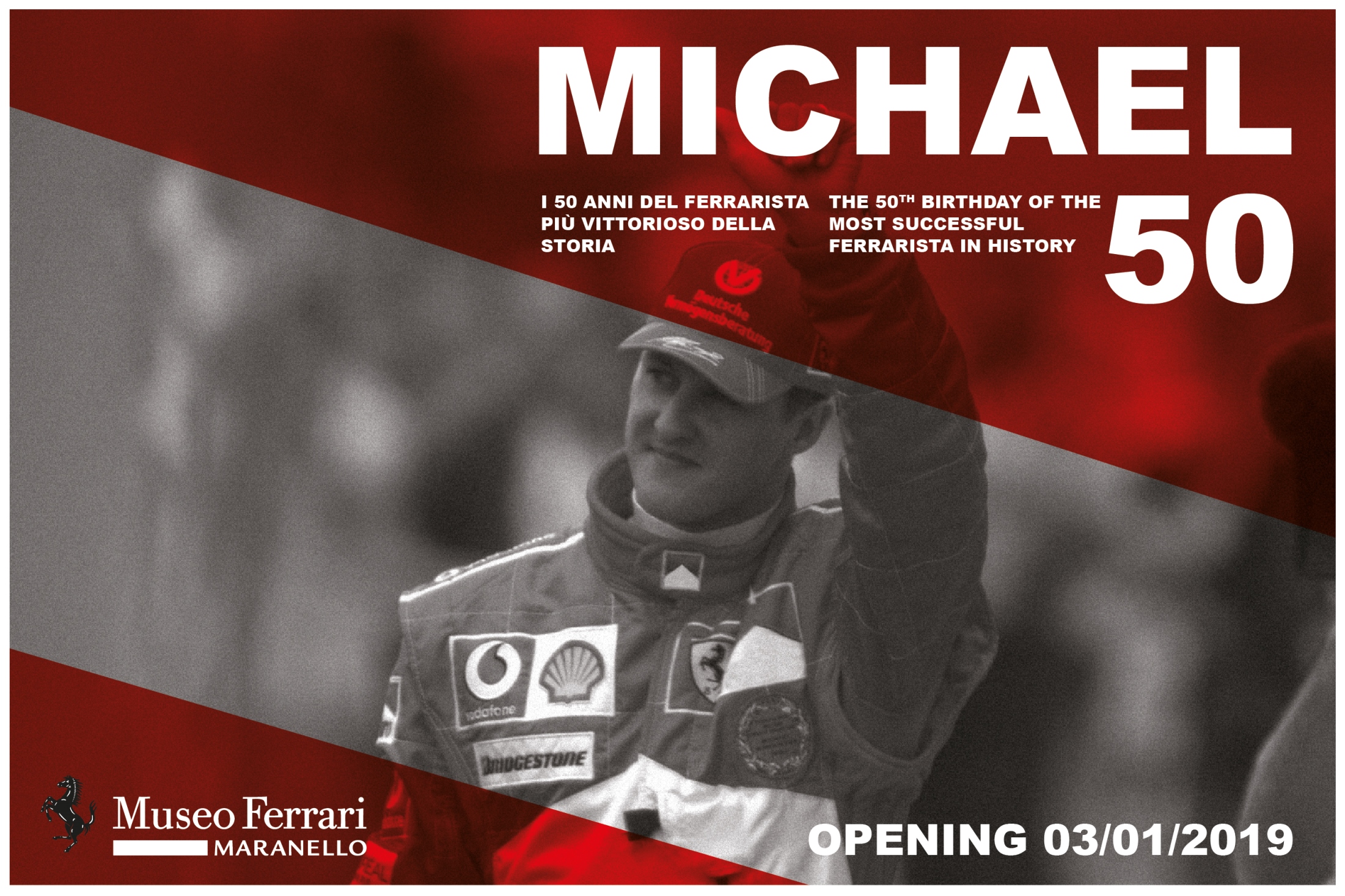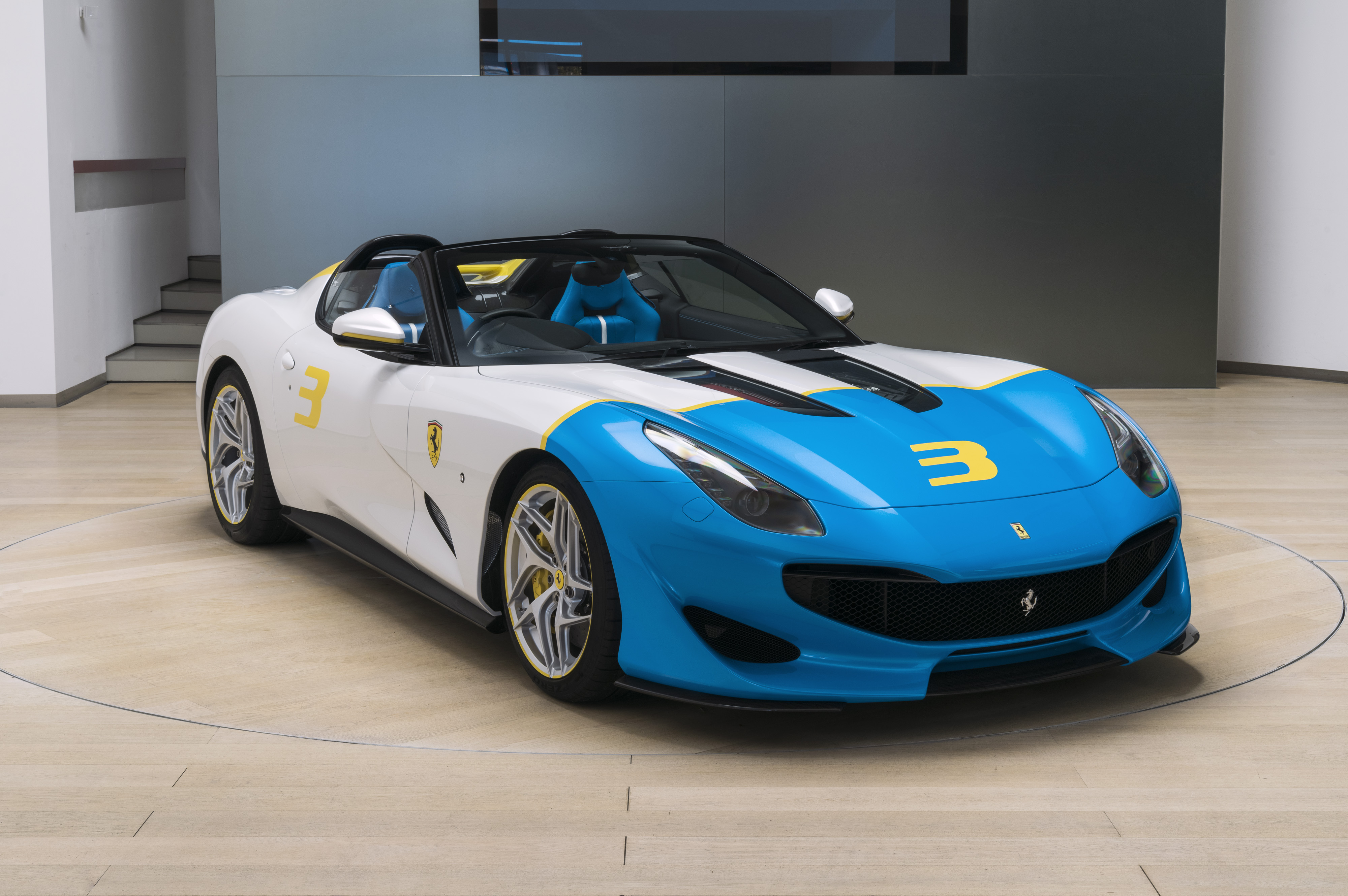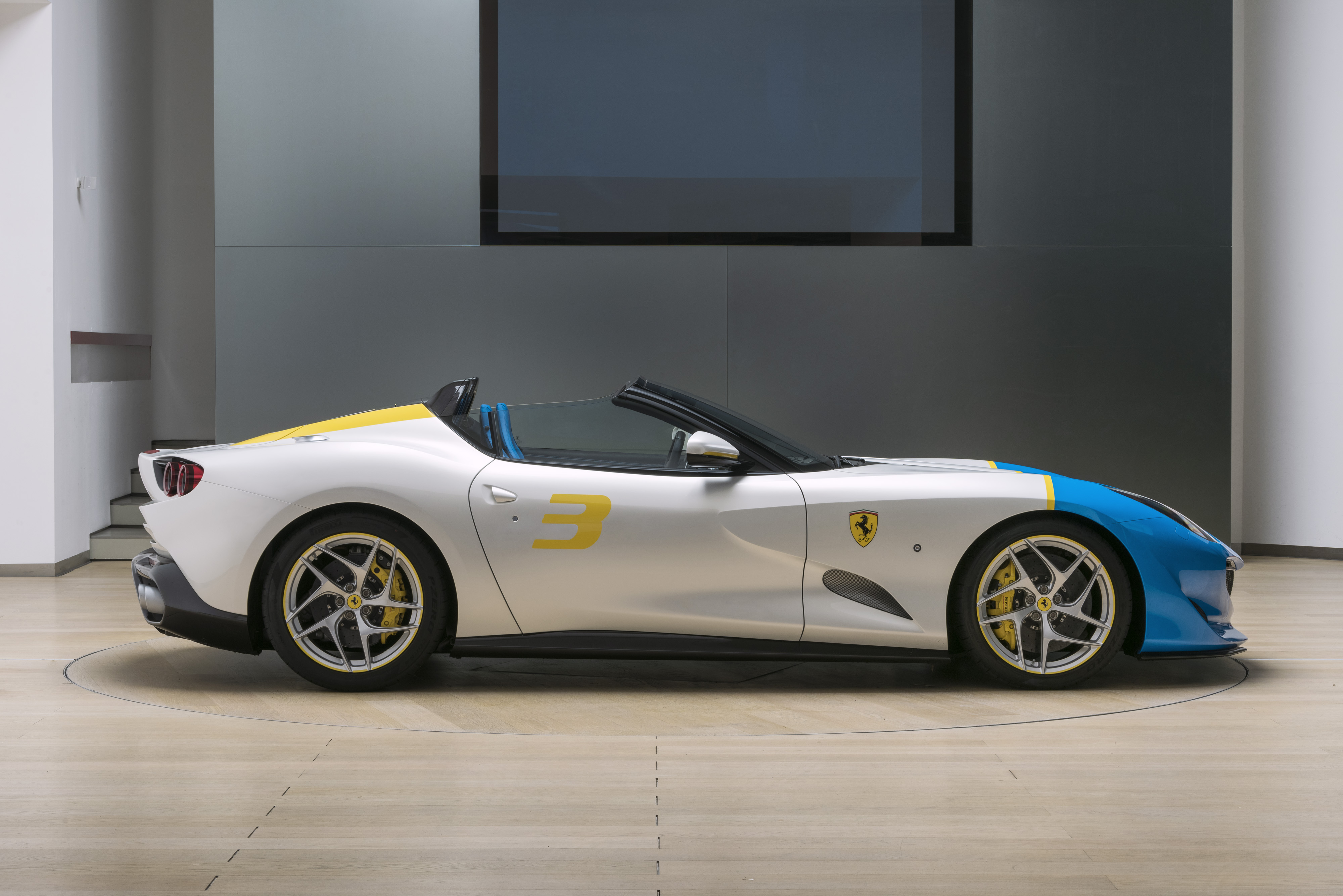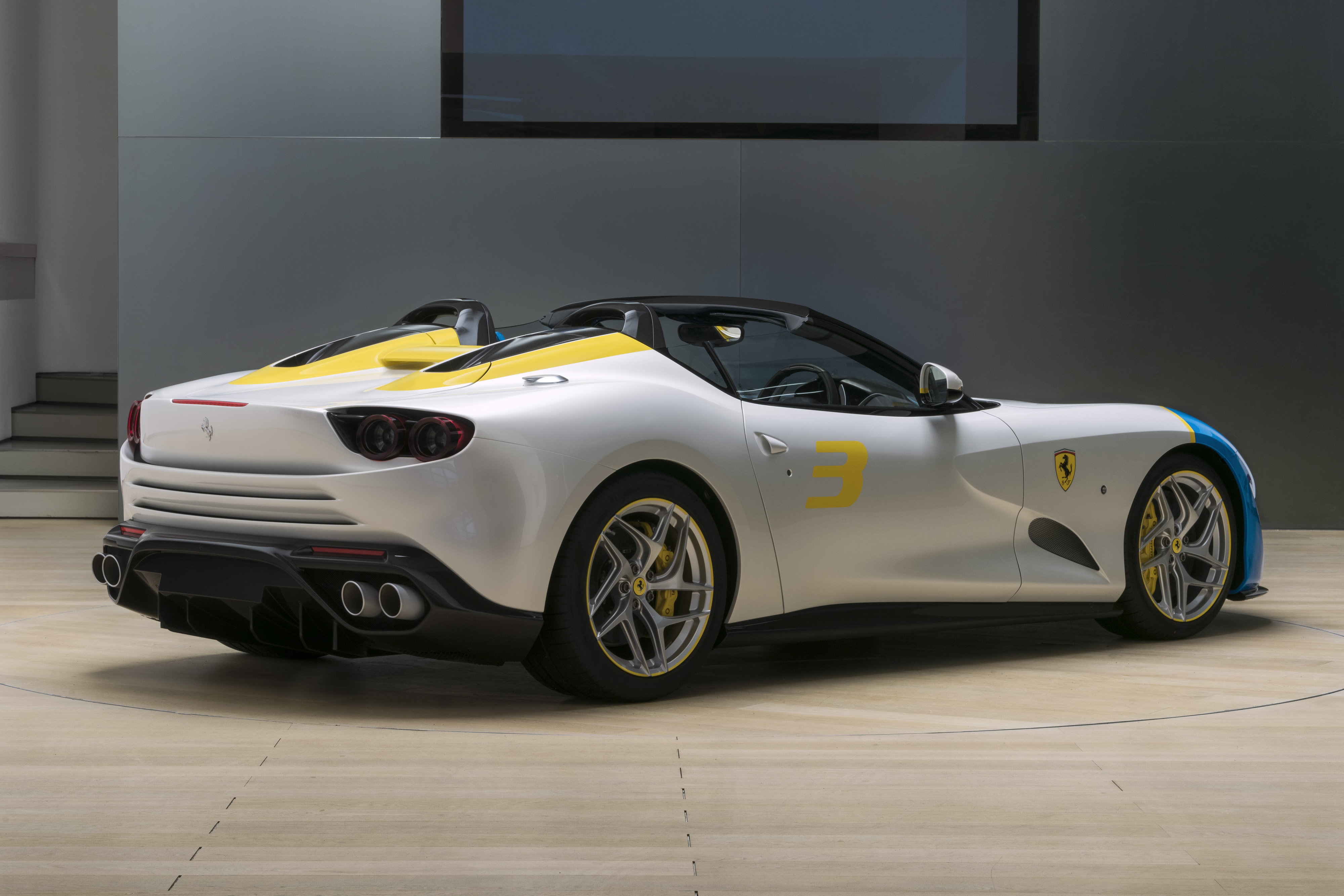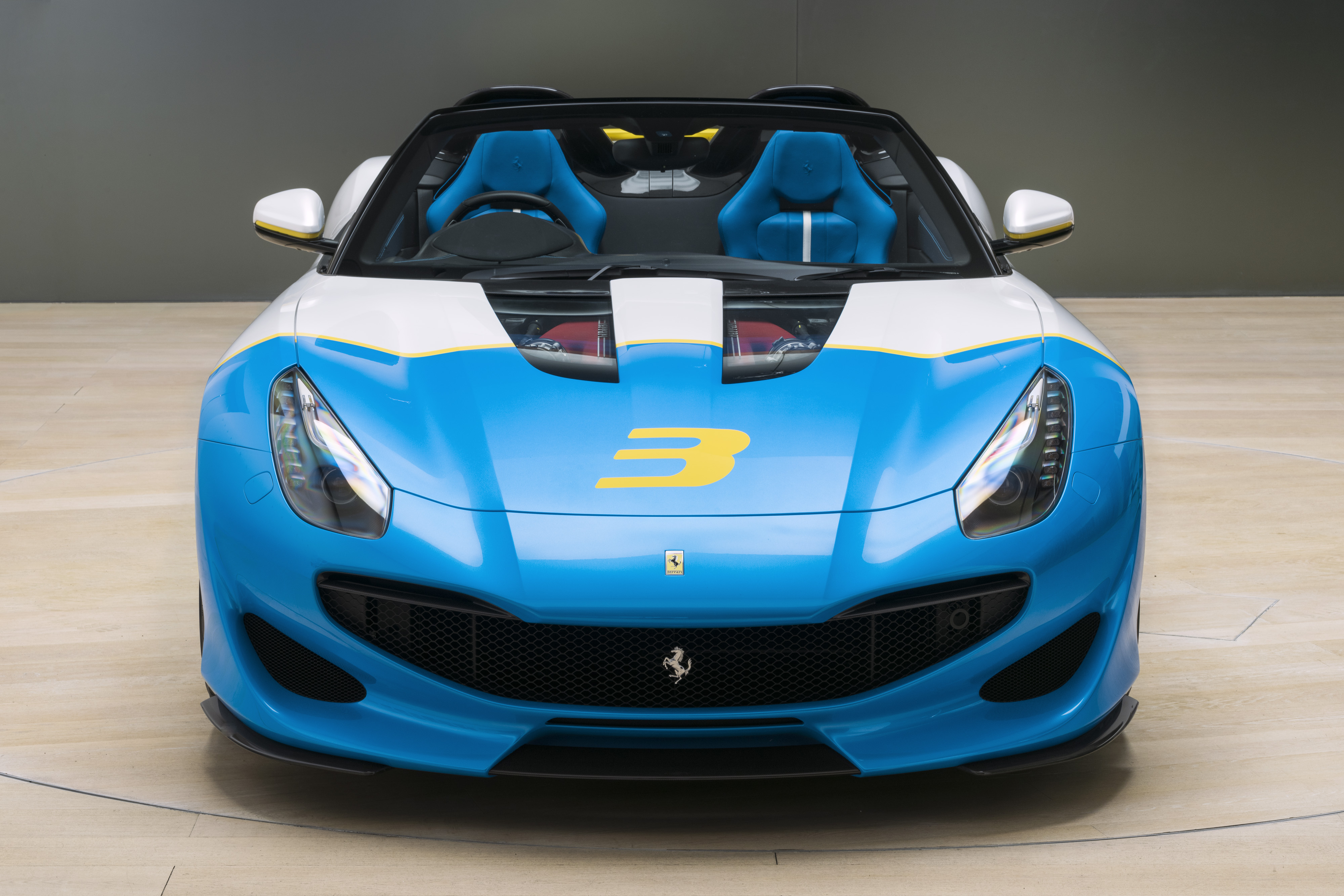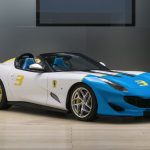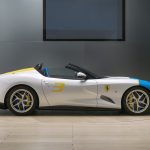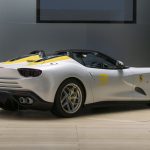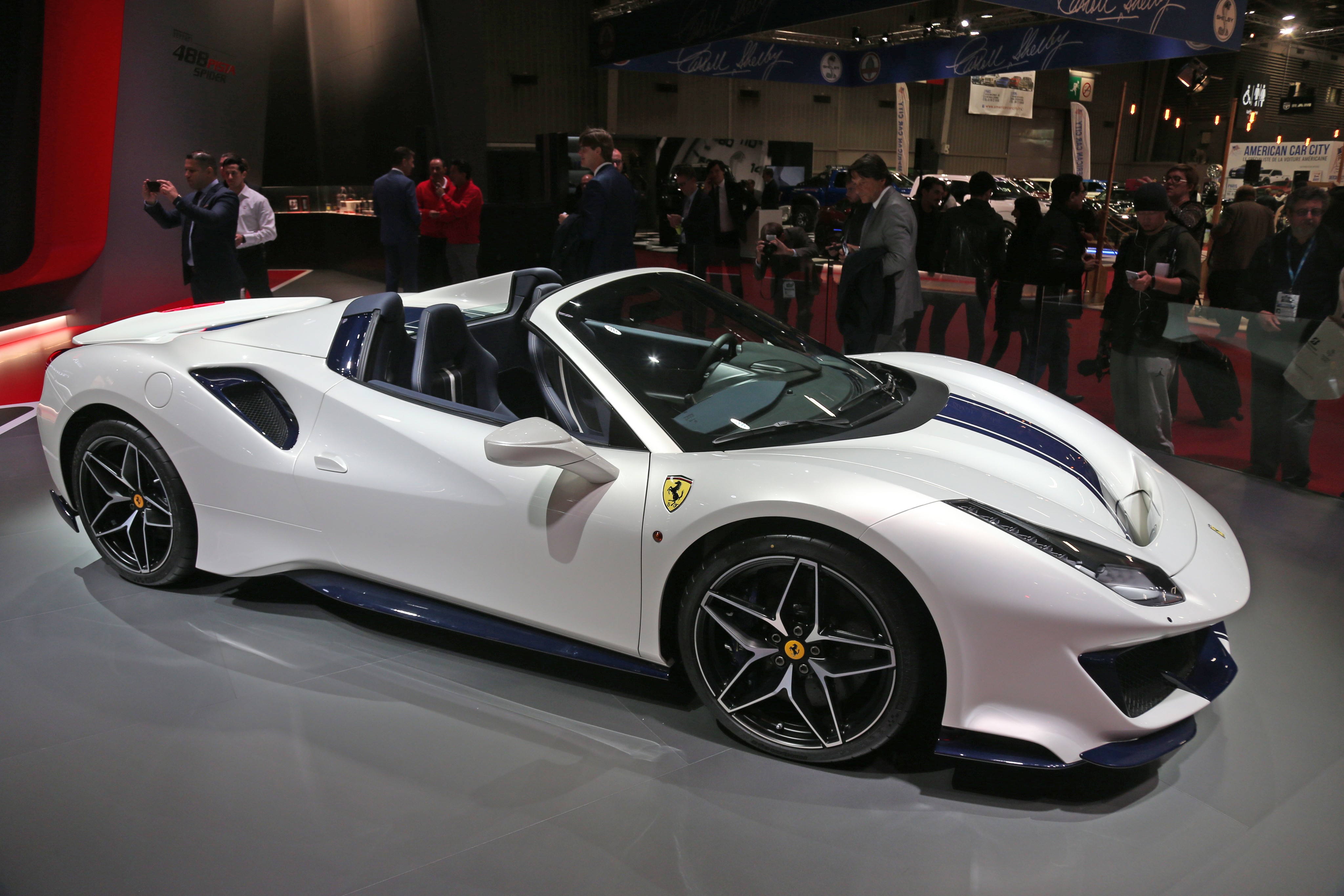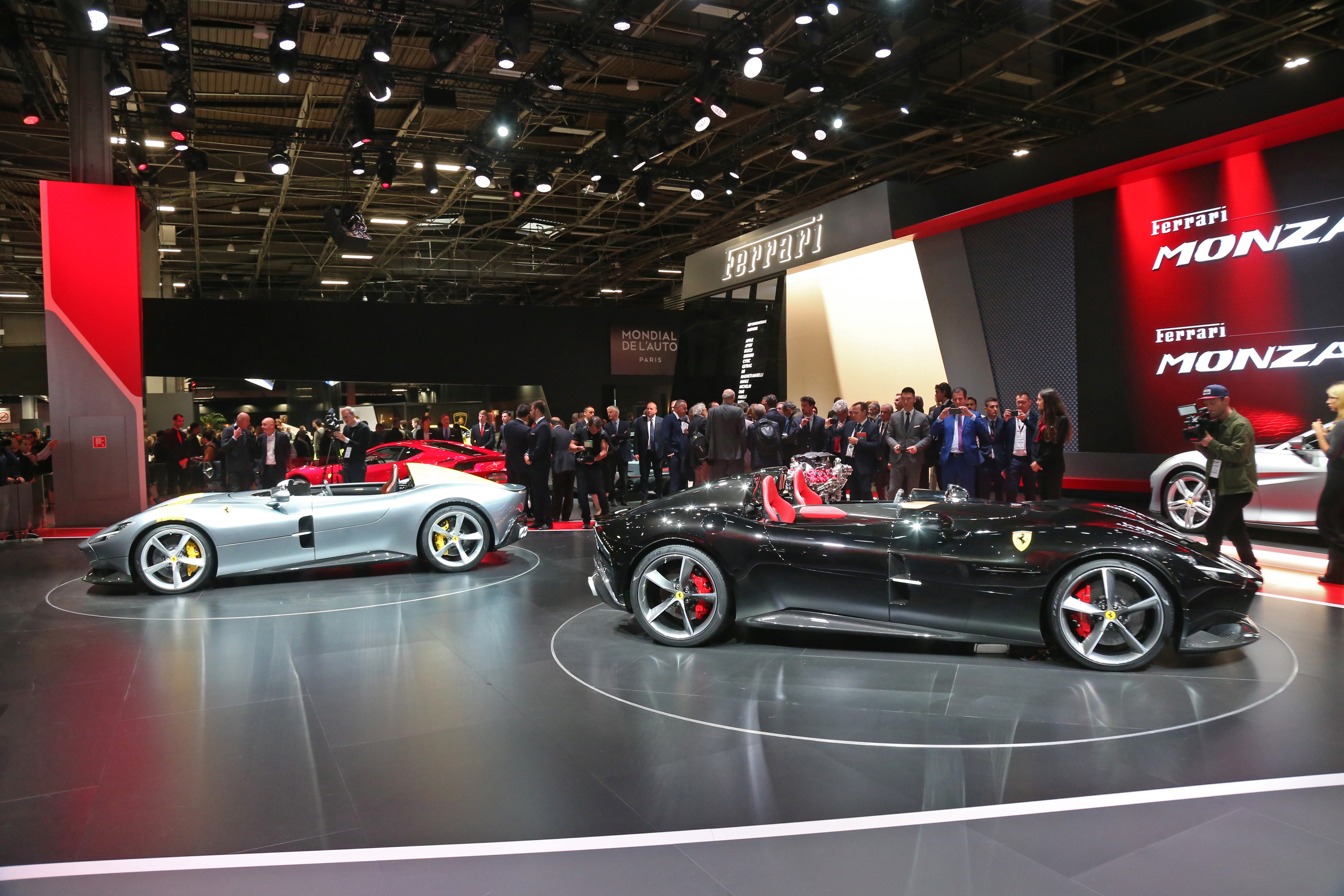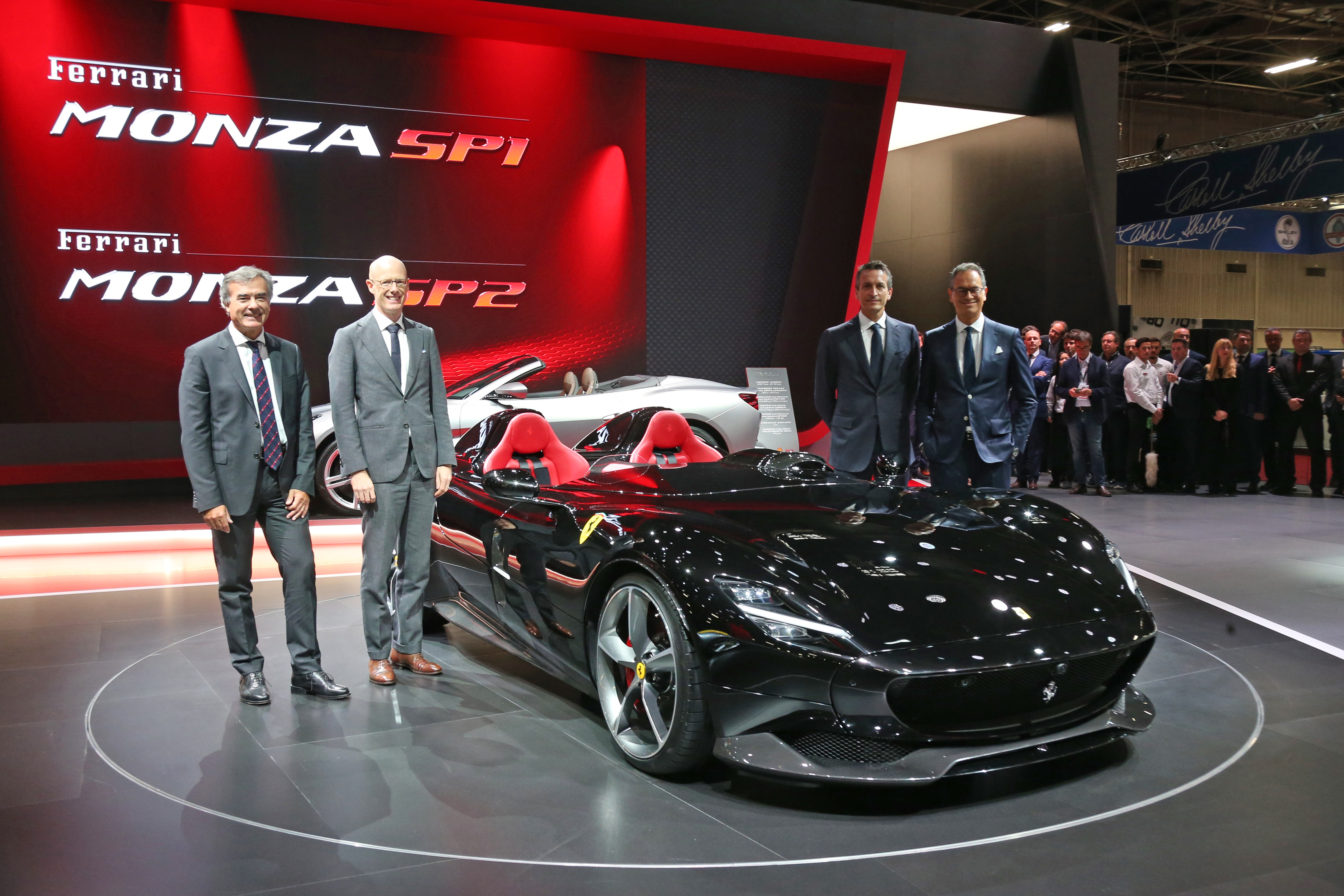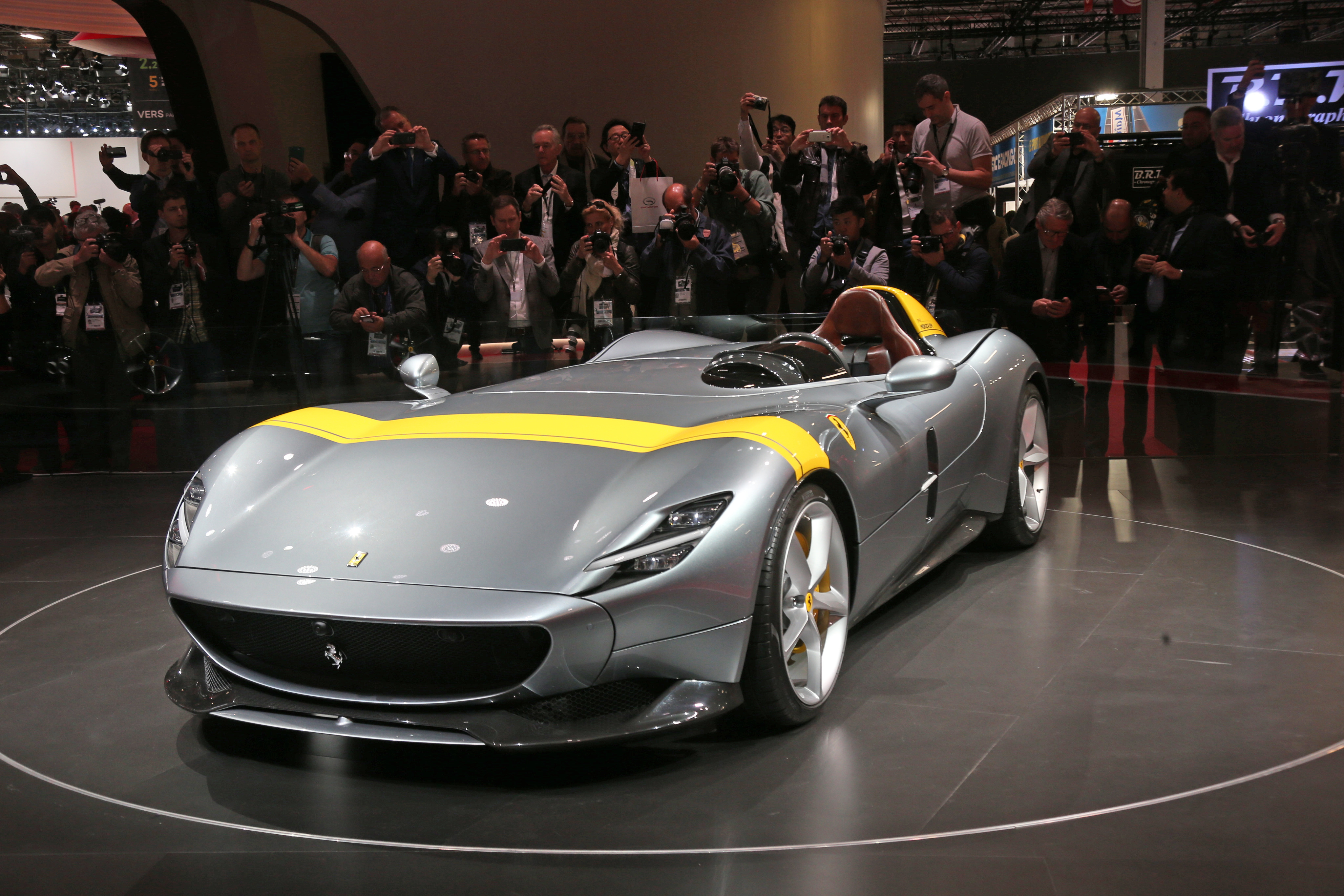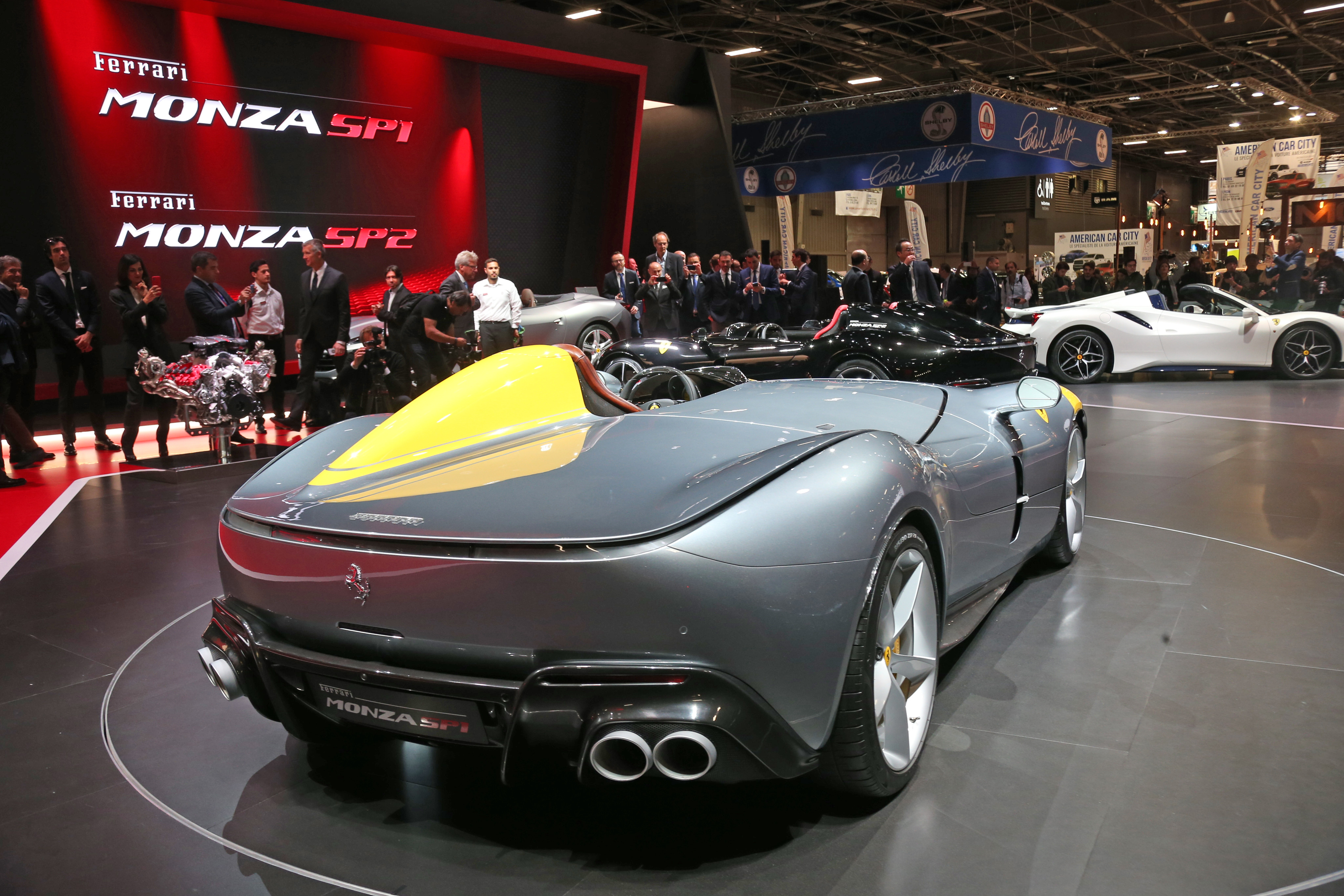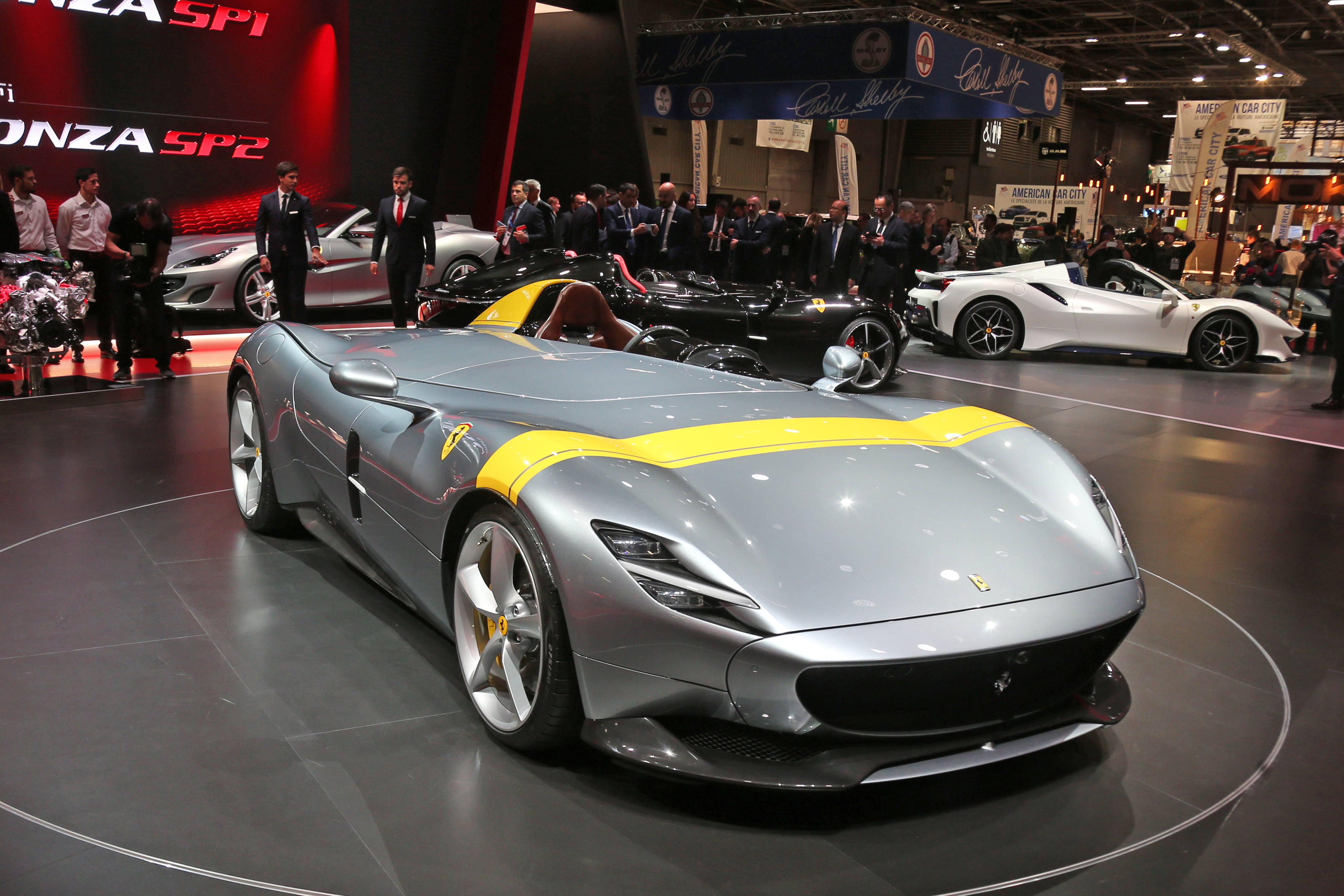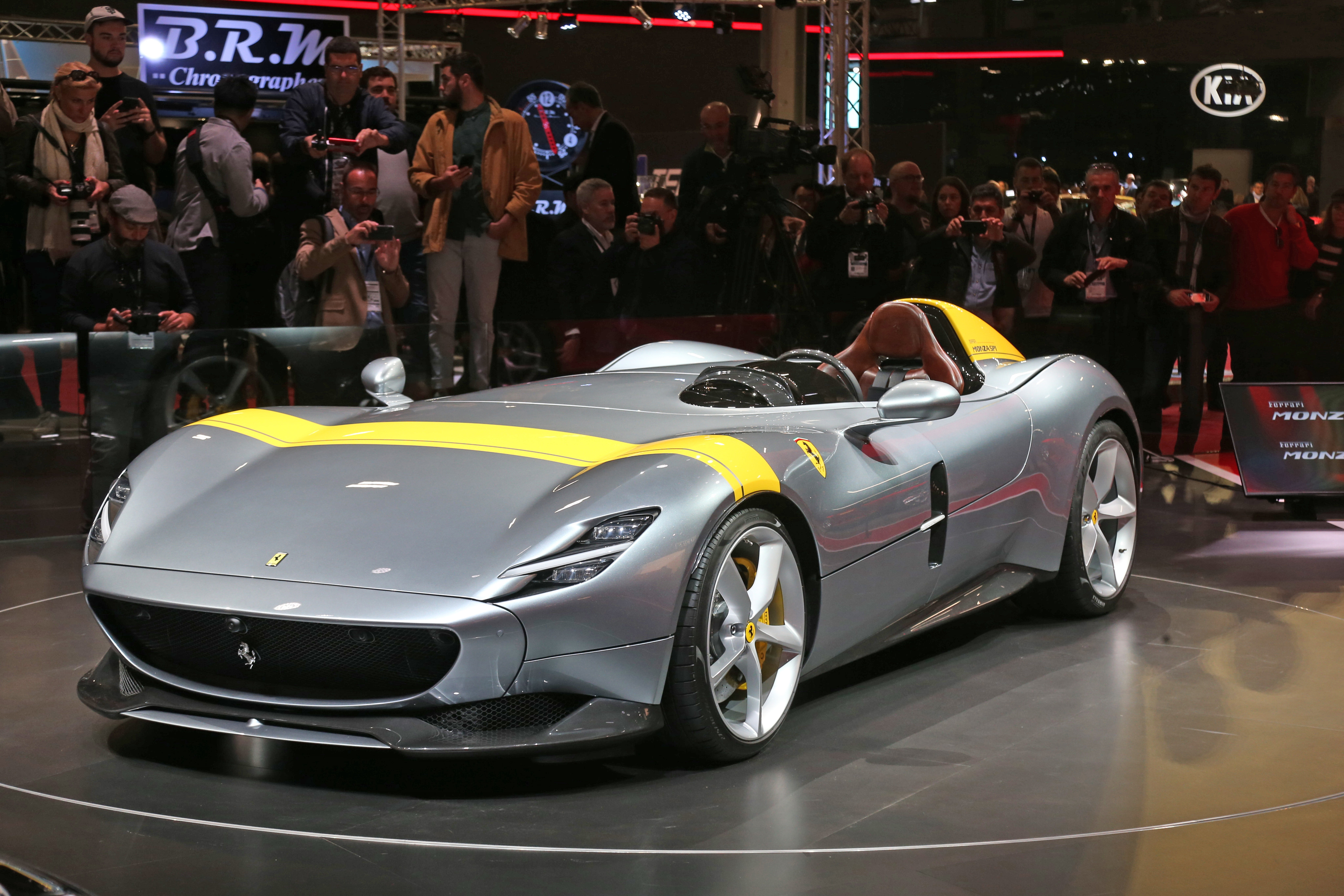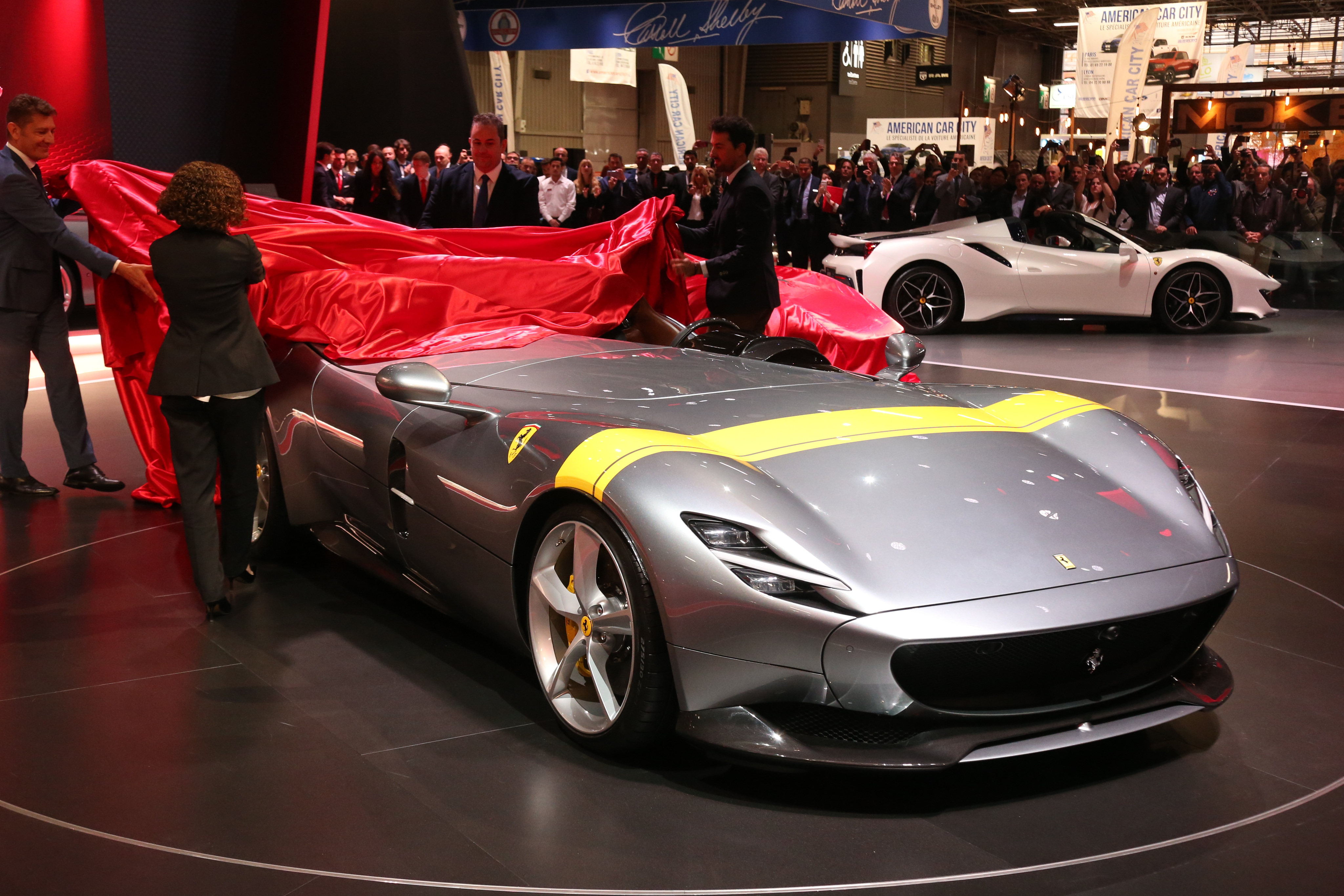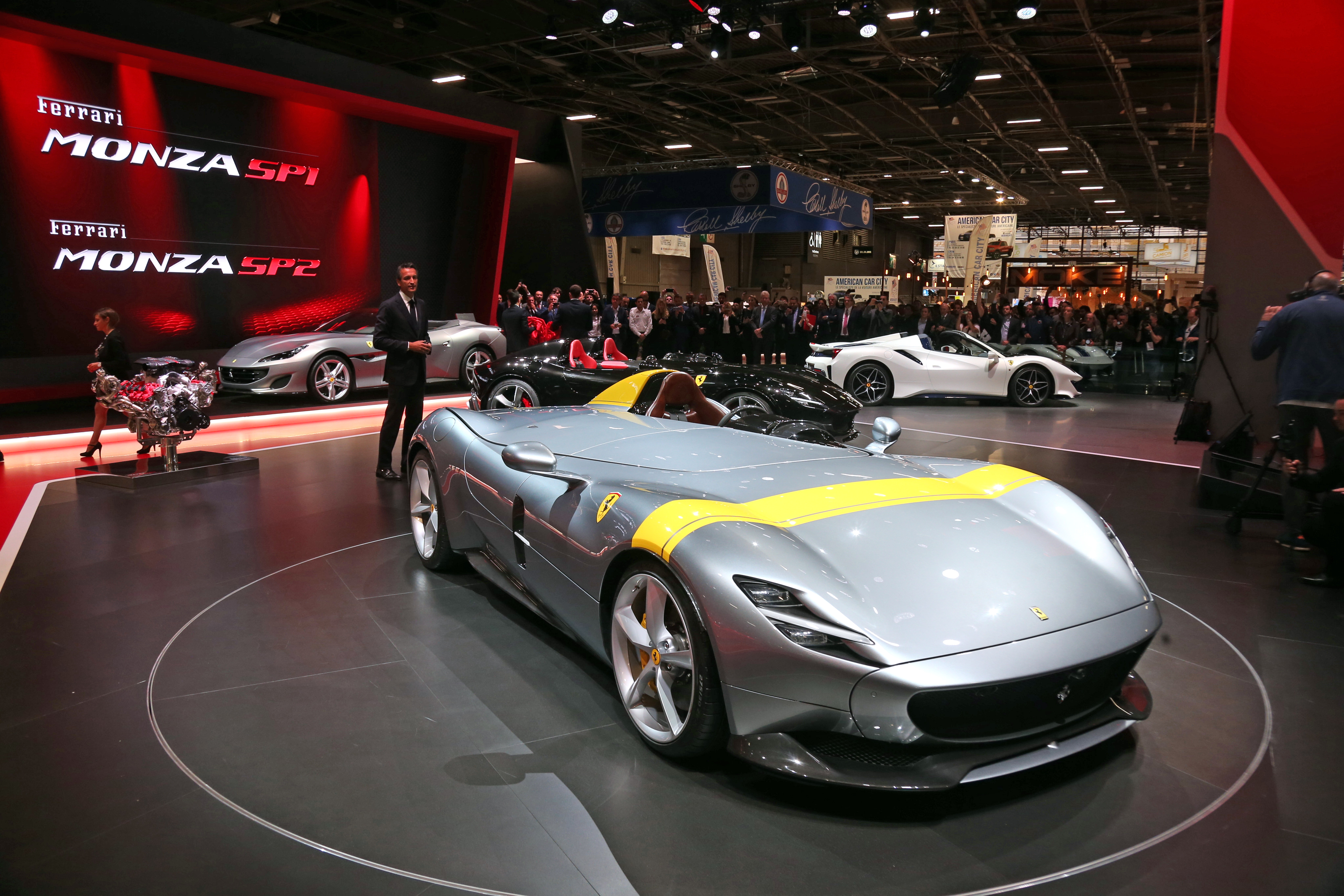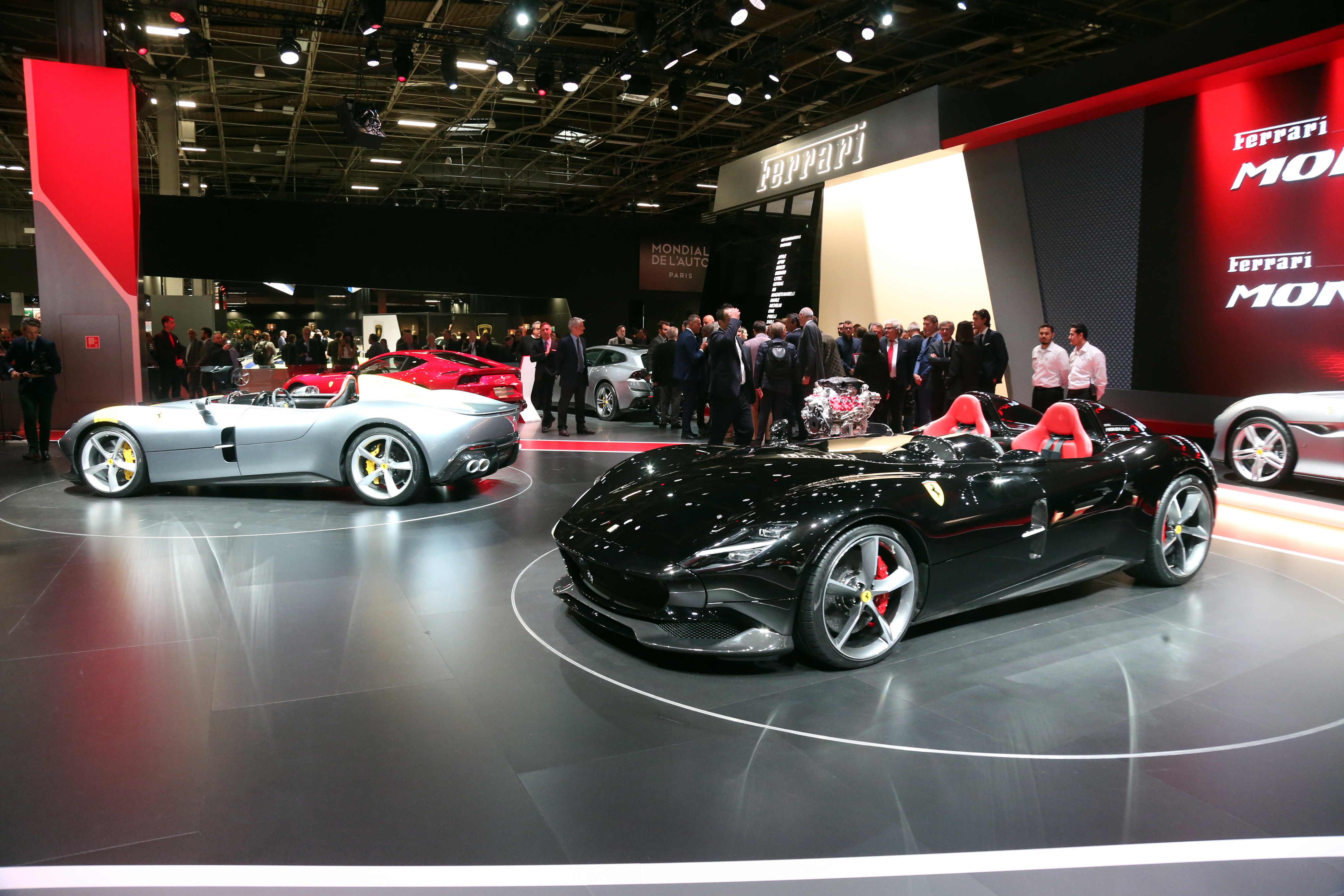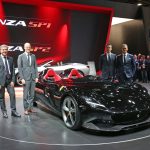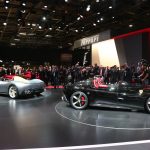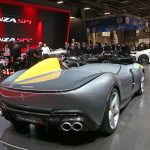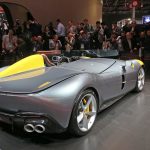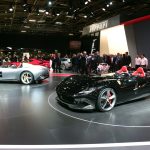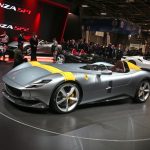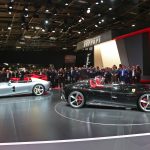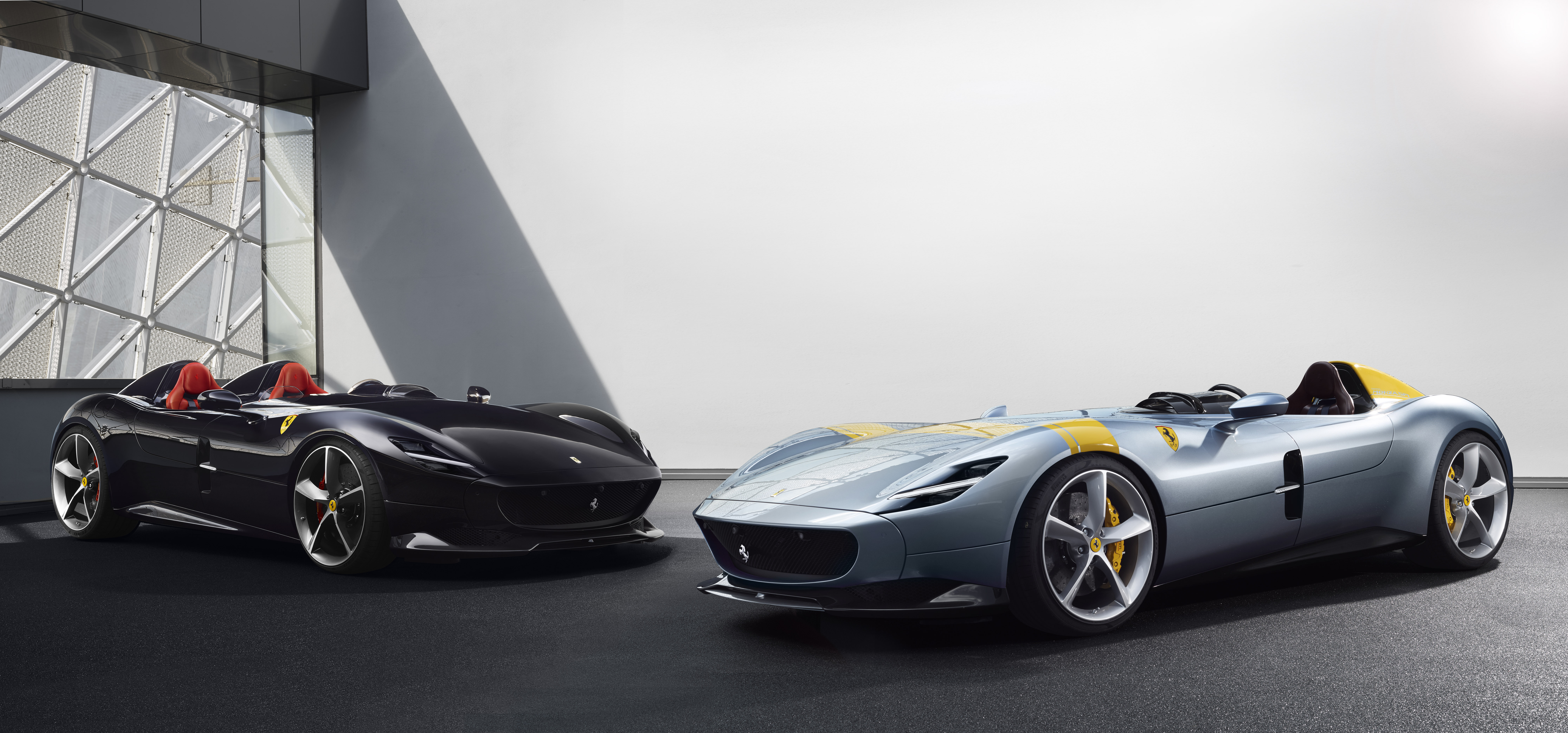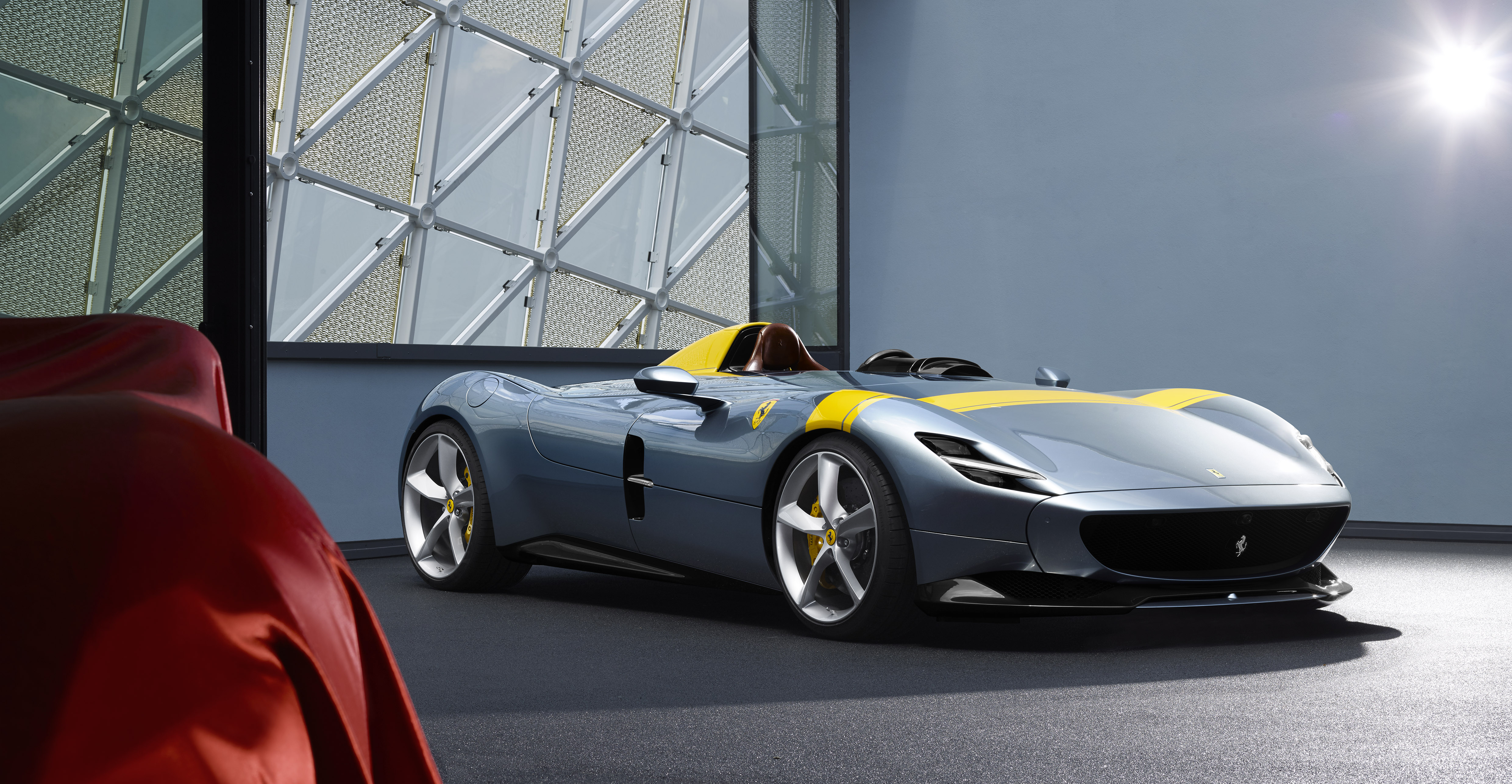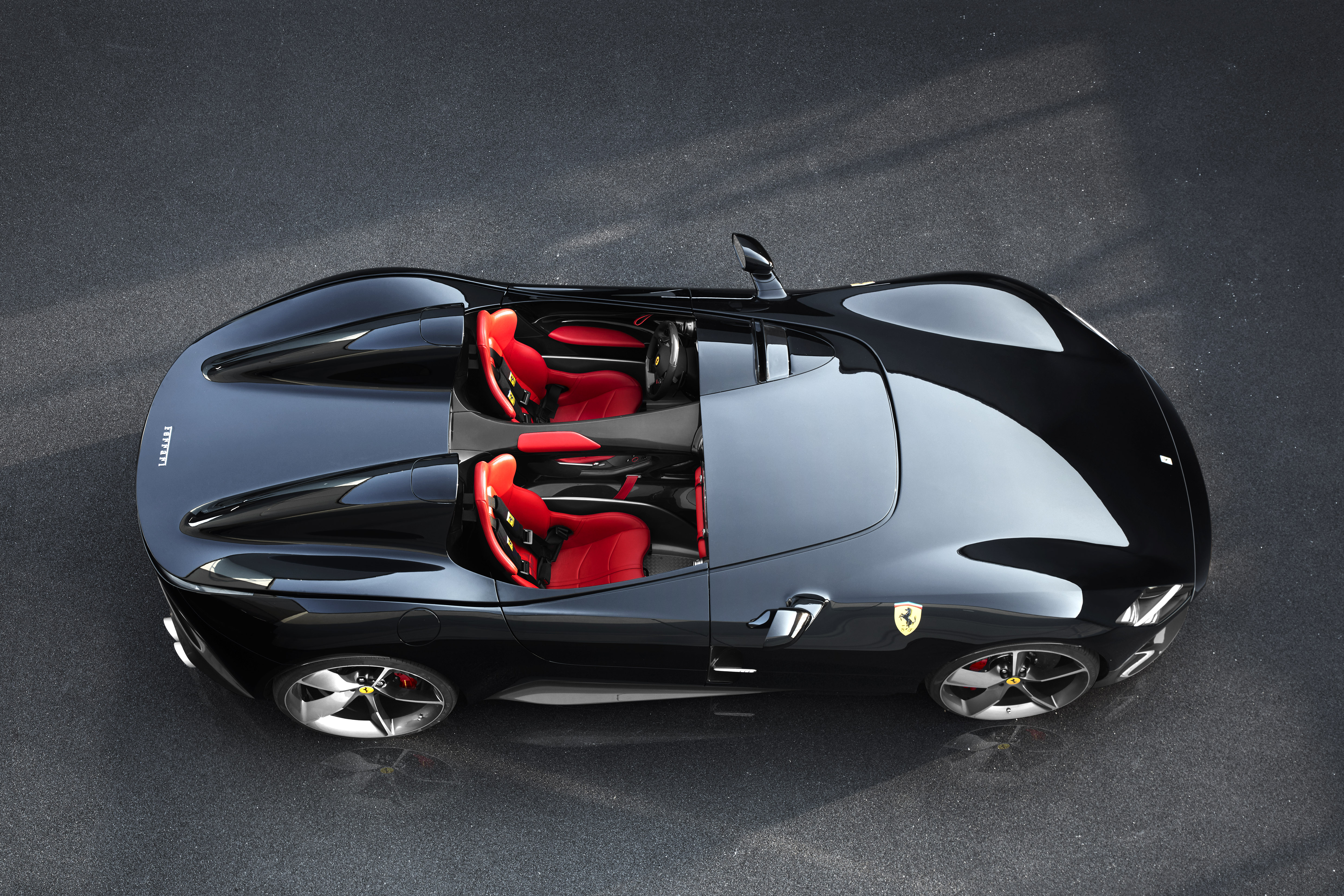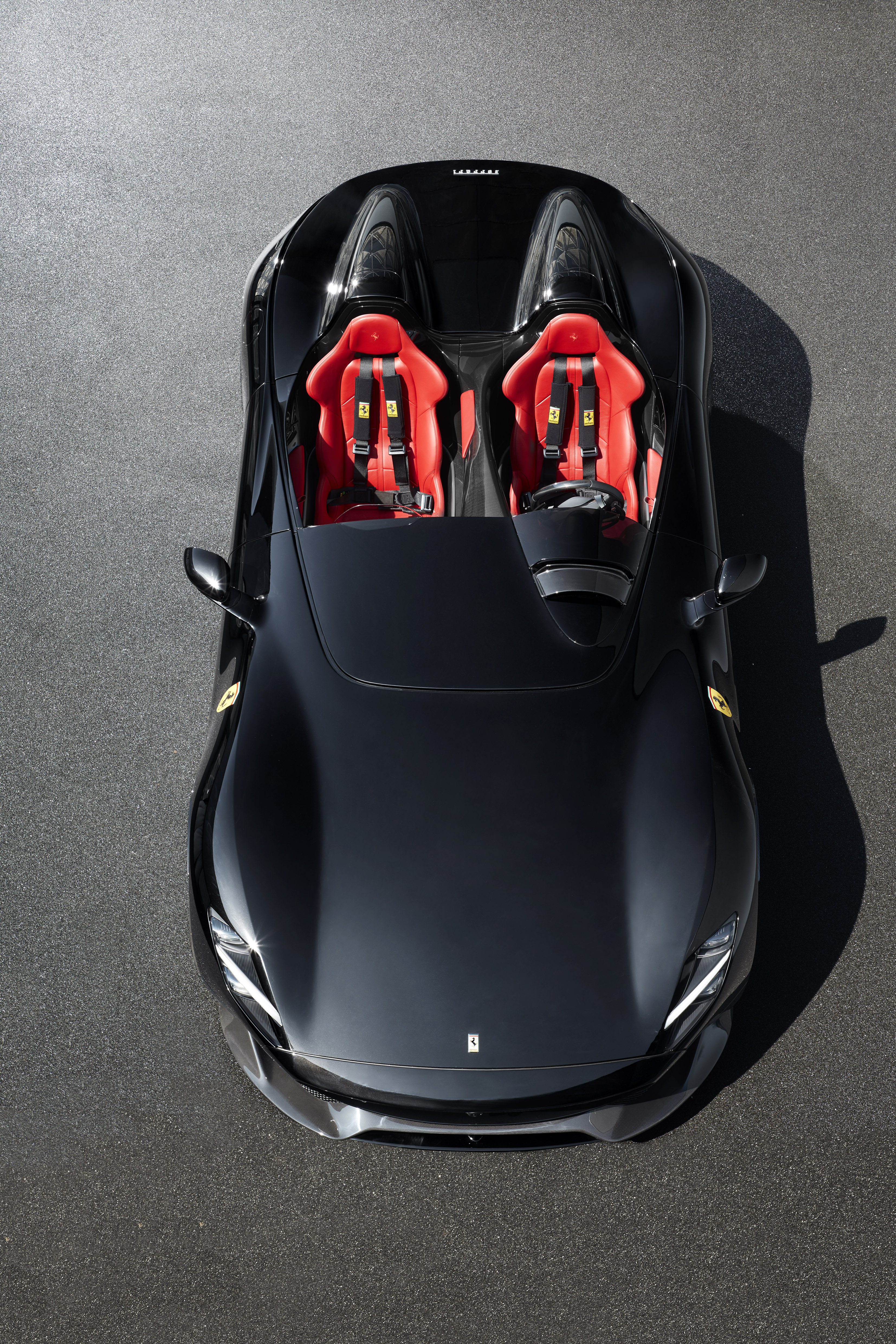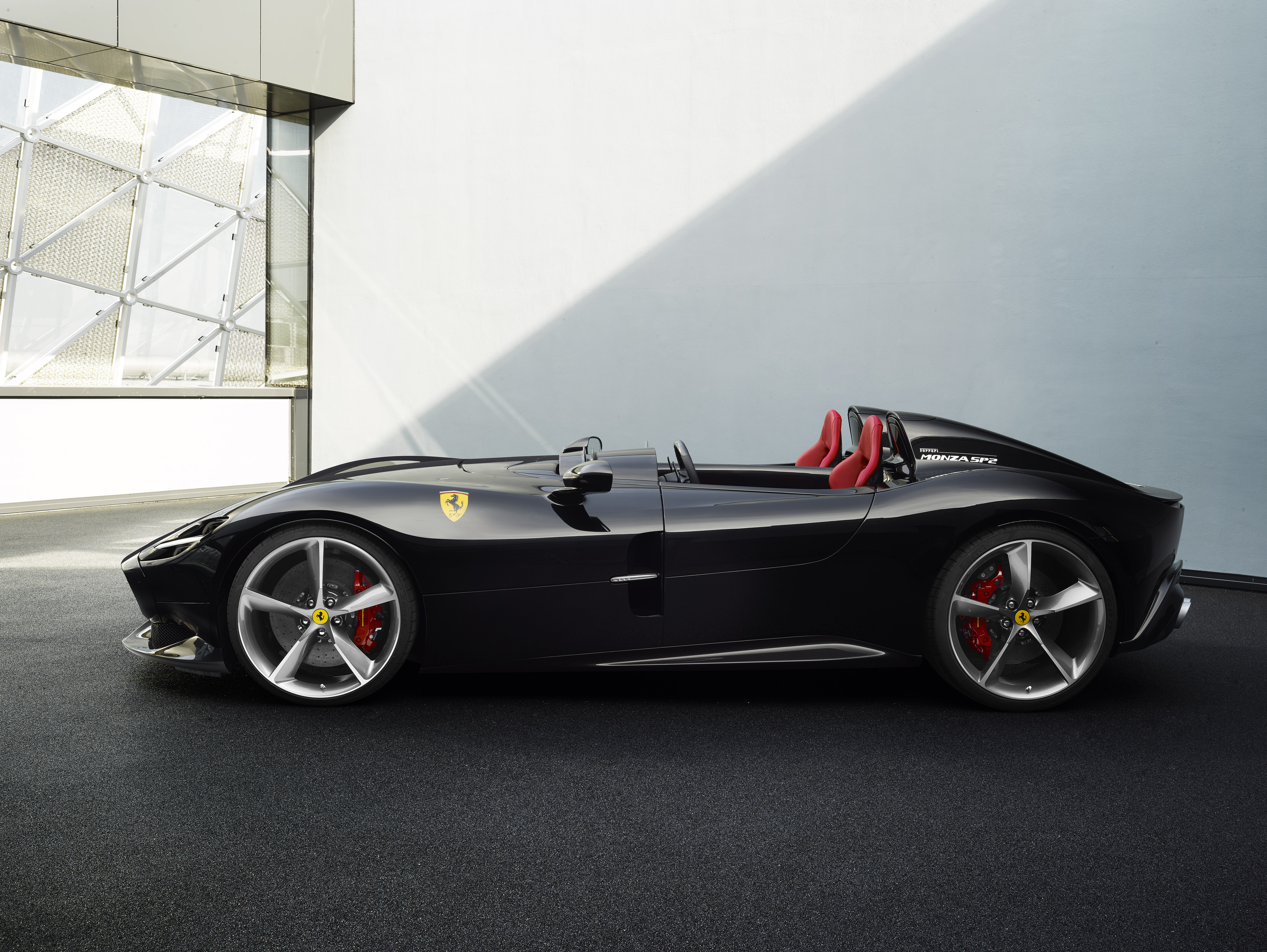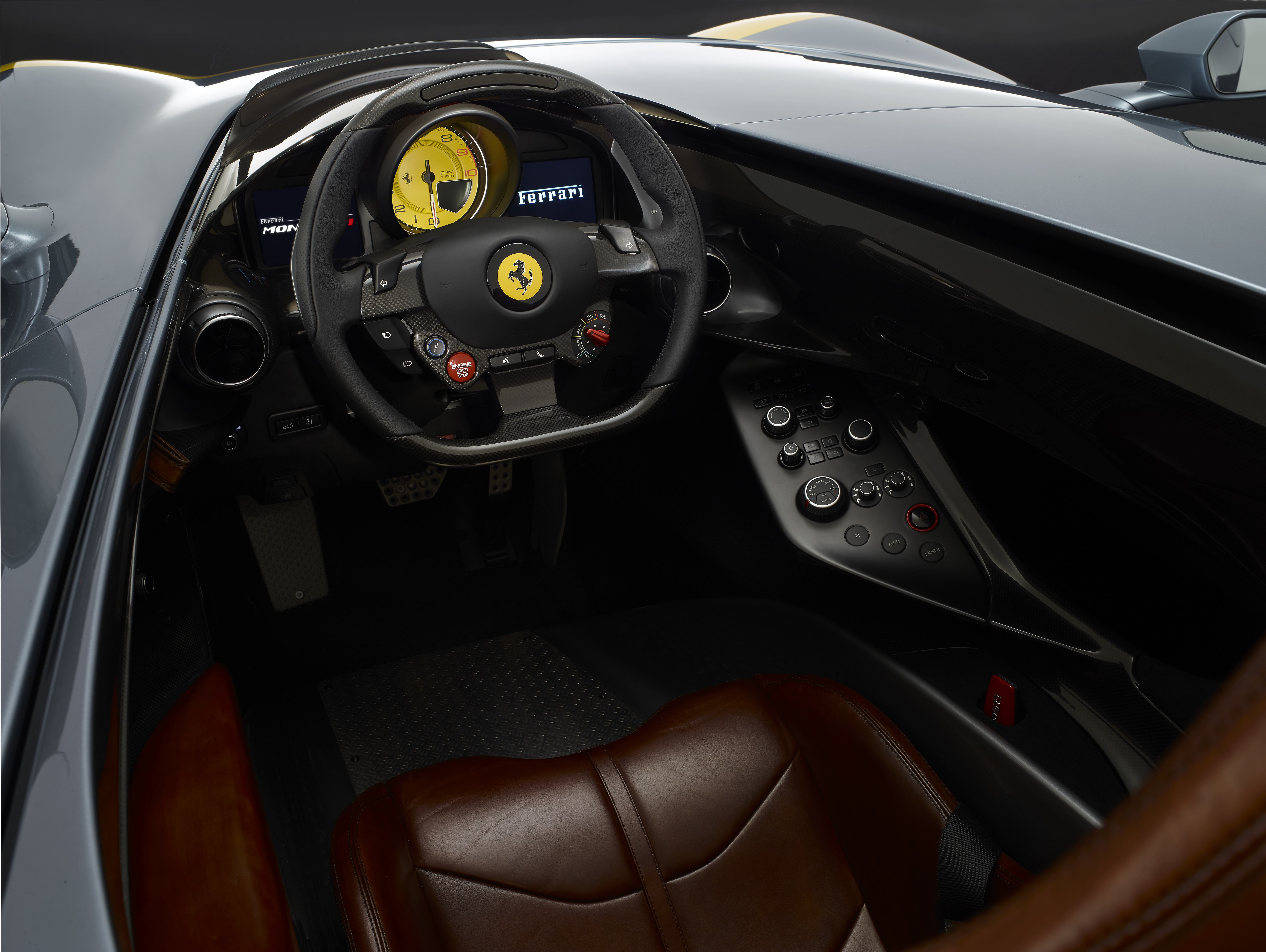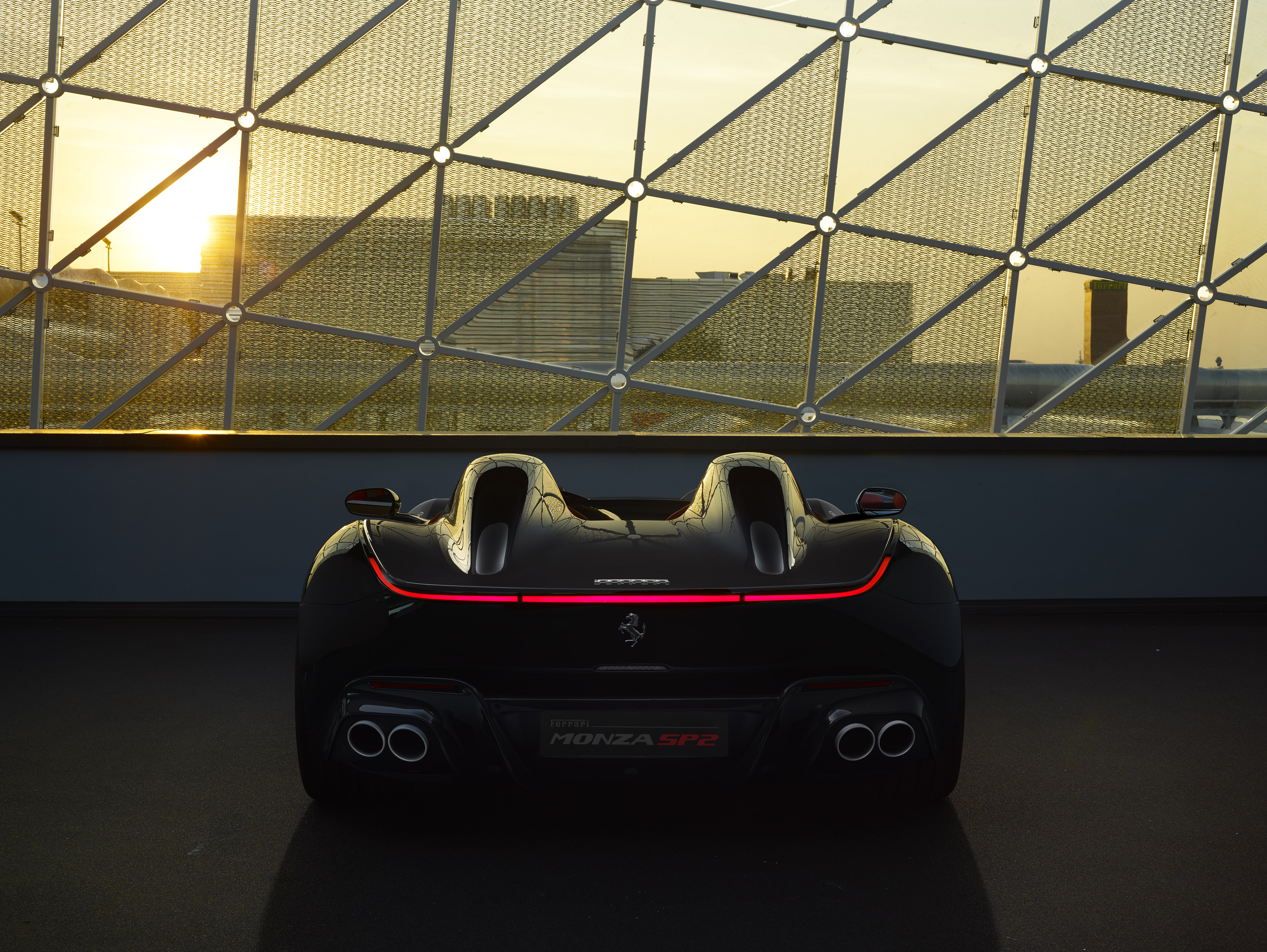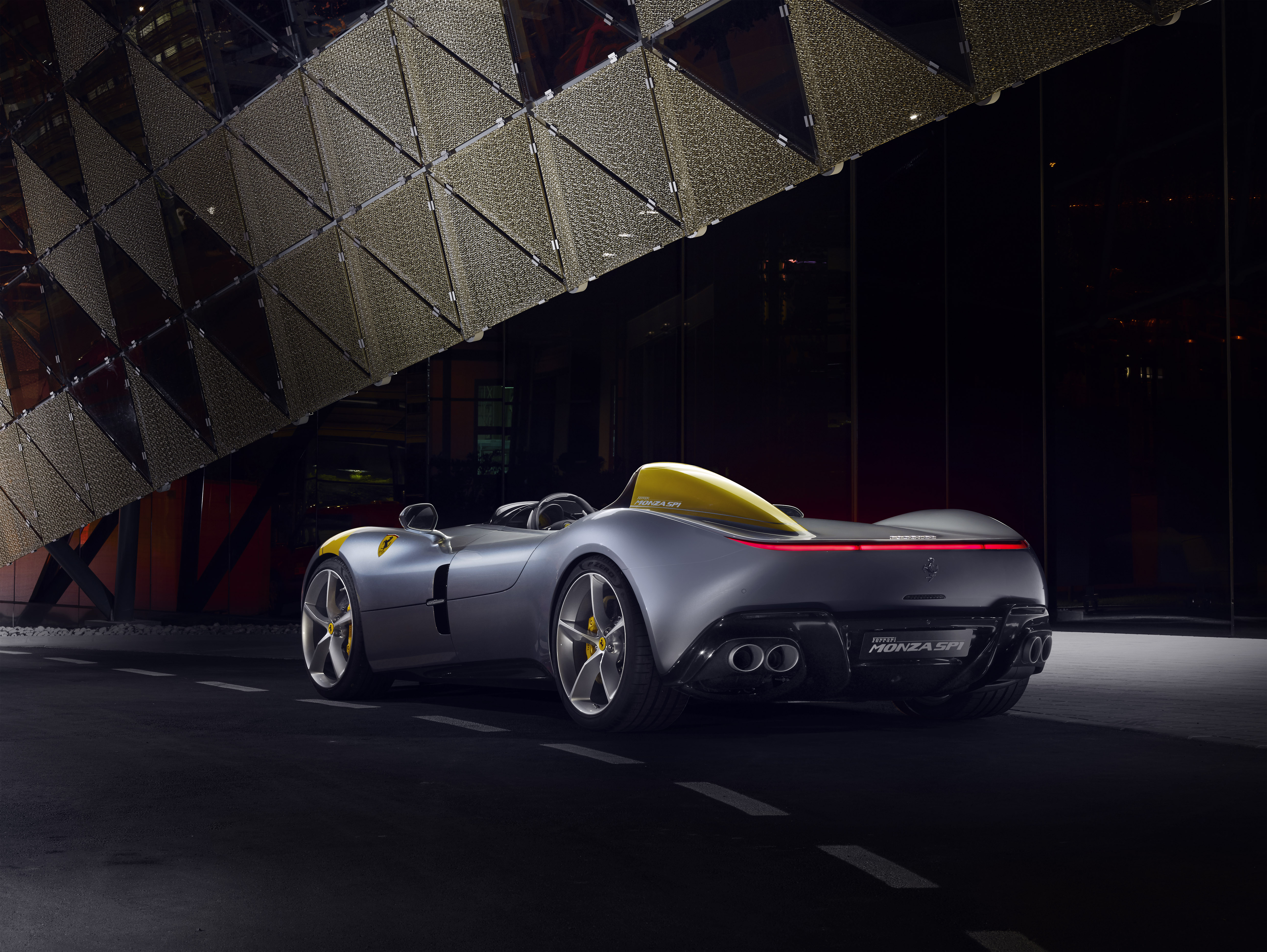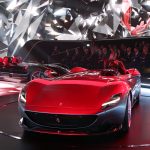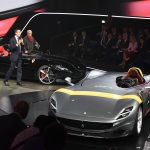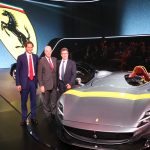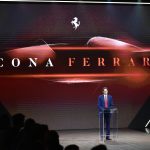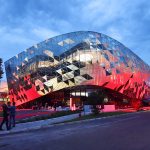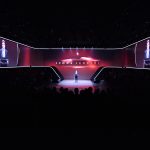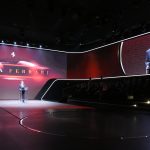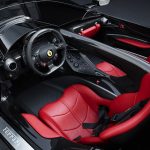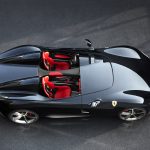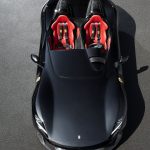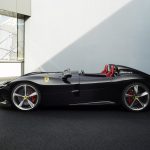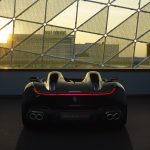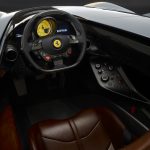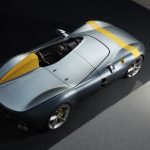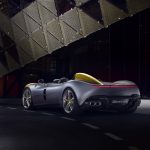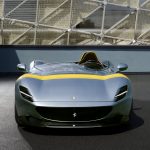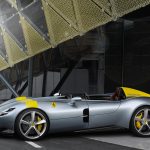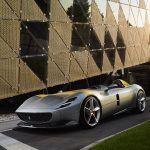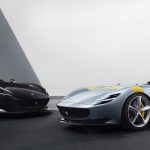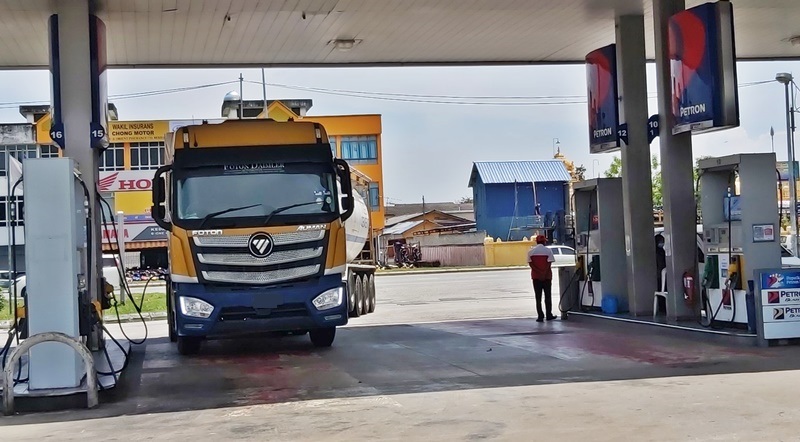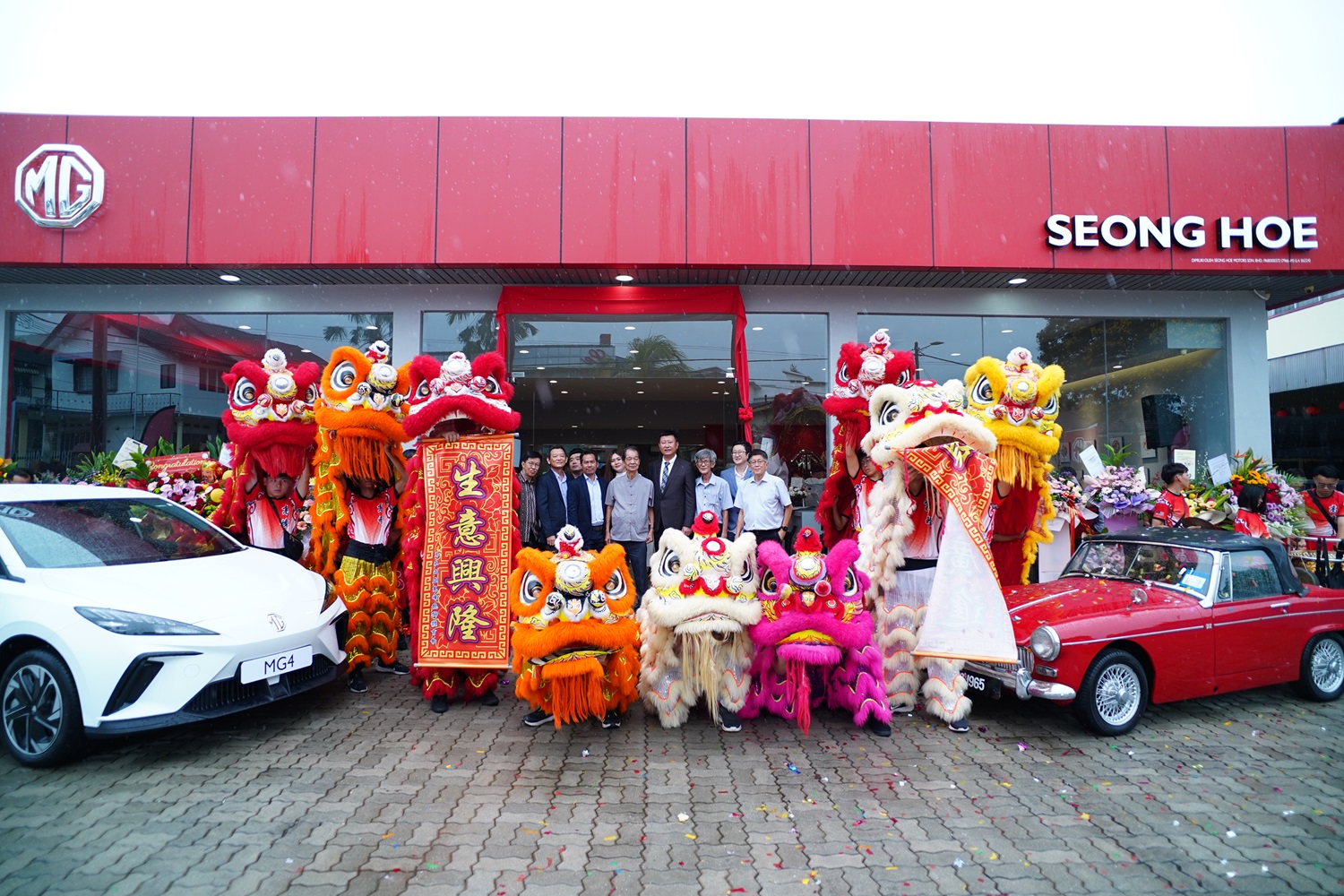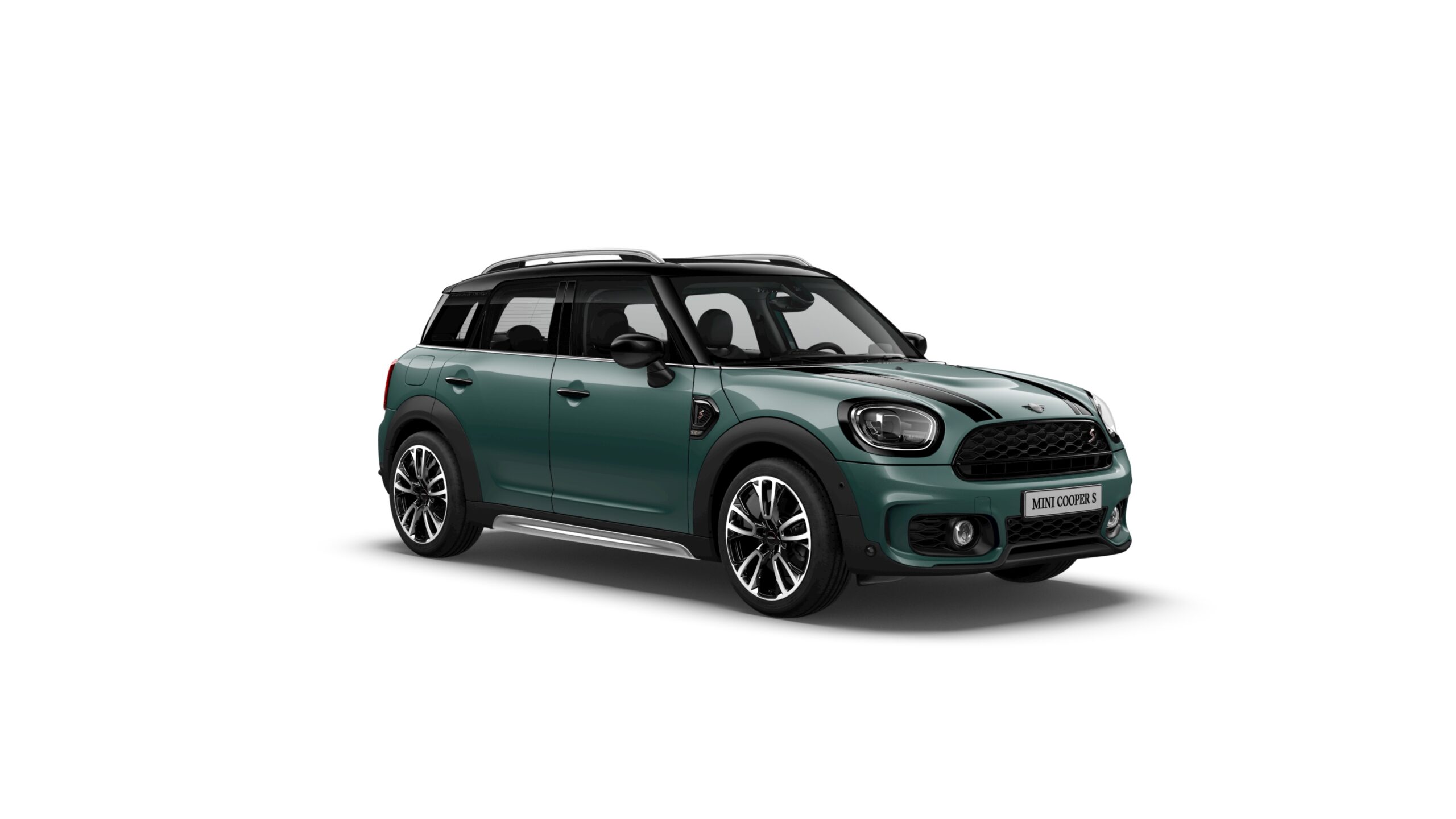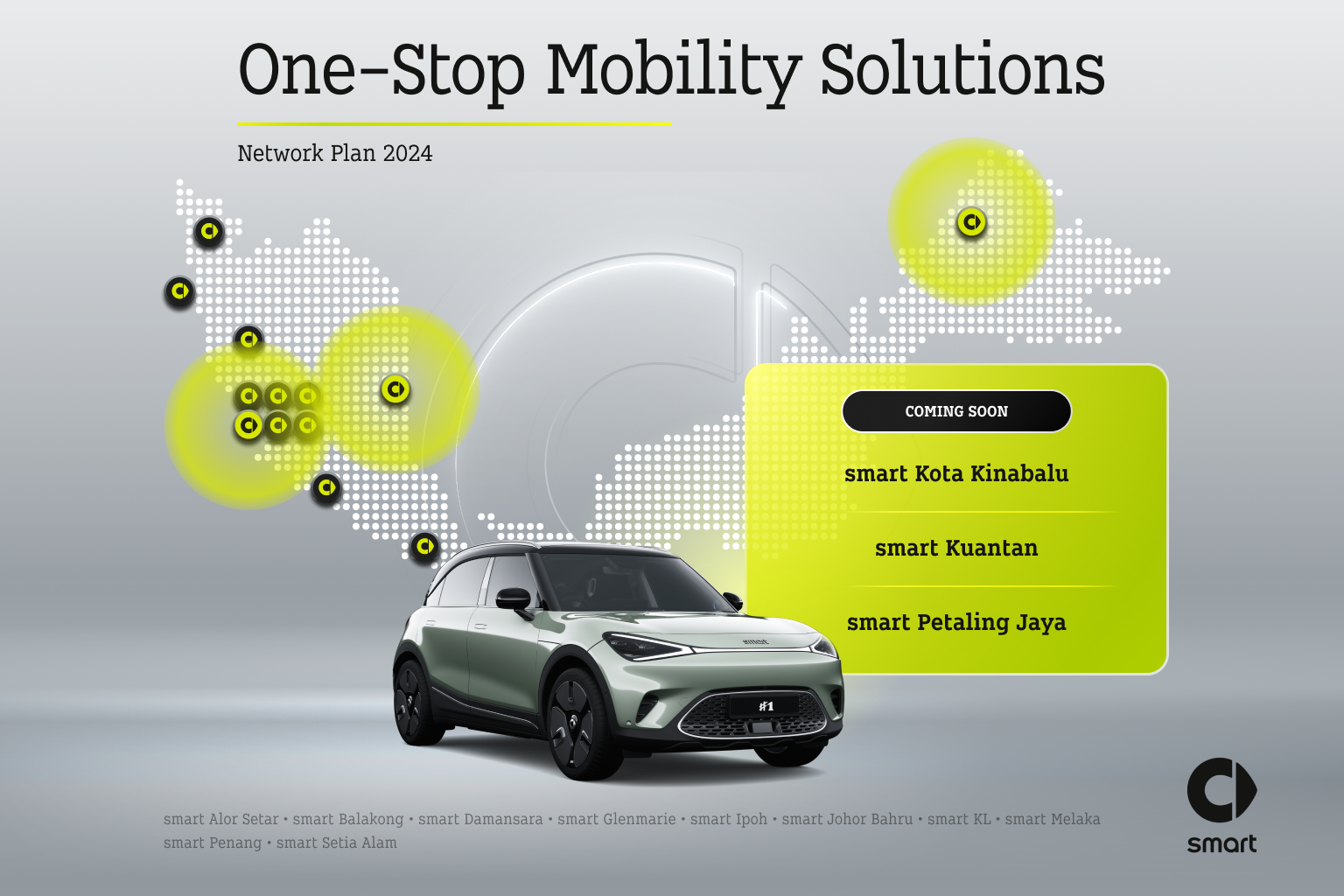Ferrari has revealed the first official photographs of the F8 Tributo, the new mid-rear engined sports car that represents the highest expression of the company’s classic two-seater berlinetta. The name is an homage to both the model’s uncompromising layout and to the engine that powers it – with a massive 720 cv (bhp) and a record specific power output of 185 cv/l, (bhp per litre) it is the most powerful V8 in Prancing Horse history for a non-special series car and sets the benchmark not just for turbos, but for engines across the board. The 3902 cc V8 won “Best Engine” in the International Engine of the Year awards three years running in 2016, 2017 and 2018 and, in addition, in 2018, was awarded the title of the best engine of the last two decades.
As these prestigious awards demonstrate, in the automotive world, Ferrari’s V8 engine is seen as the very epitome of sportiness and driving pleasure. This is particularly the case when it is mid-rear-mounted in a two-seater. Ferrari has been honing the scope of abilities of this architecture, which creates an optimal weight balance, to perfection for over four decades. The result is the F8 Tributo, which is one of the fastest, most thrilling and communicative supercars ever.
The new car replaces the 488 GTB, with improvements across the board, providing even better control on the limit along with greater on-board comfort. The F8 Tributo punches out 50 cv more than the car it replaces, is lighter and benefits from a 10% improvement in aerodynamic efficiency along with the latest version of the Side Slip Angle Control, now in 6.1 guise. So while the F8 Tributo offers the highest levels of performance of any car in the current range, that performance is also very usable.
Ferrari F8 Tributo
Technical specifications
ENGINE
Type 90-degree V8 turbo
Overall displacement 3902 cc
Max. power output* 720 cv at 8,000 rpm
Specific power output 185 cv/l
Max. torque 770 Nm at 3,250 rpm
DIMENSIONS AND WEIGHT
Length 4611 mm
Width 1979 mm
Height 1206 mm
Dry weight** 1330 kg
PERFORMANCE
0-100 km/h 2.9 s
0-200 km/h 7.8 s
Top speed 340 km/h
* With 98 octane petrol
**With lightweight options
More on the Ferrari Tributo…
The F8 Tributo delivers its 720 cv without the slightest hint of turbo lag and produces an evocative soundtrack. Instantaneous power is matched by exceptional handling thanks to advanced vehicle dynamics solutions. These include a new version of the Ferrari Dynamic Enhancer (FDE+) which can be activated in the manettino’s RACE position for the first time, a move designed to make performance on the limit easier to reach and control for an even greater number of drivers. The steering wheel rim is also smaller in diameter to enhance the level of tactility and make the car feel even more agile. In addition, weight reduction measures have cut the car’s dry weight by 40 kg compared to the 488 GTB, further enhancing both responsiveness and driving pleasure without impinging on interior comfort.
State-of-the-art aerodynamic solutions incorporated into the car’s body help ensure that the extraordinarily powerful engine can be fully exploited. As with the 488 Pista, the F8 Tributo’s aero package is directly evolved from the track and it adopts several features from the 488 Pista designed to help manage engine heat, including, for instance, the rearward-angled front radiators and the dynamic engine air intakes positioned either side of the spoiler instead of on the rear flanks. Designed by the Ferrari Styling Centre, the F8 Tributo is essentially a bridge to a new design language that will continue to emphasise Ferrari’s key characteristics of high performance and extreme aerodynamic efficiency.
The front of the car is characterised by the S-Duct, a solution that made its debut on the 488 Pista, but which has been redesigned to suit the extensive modifications made to this area of the car. The result is that the S-Duct alone contributes an impressive 15% to the overall increase in downforce compared to the 488 GTB. The new, more compact, horizontal LED headlights allowed Ferrari’s aerodynamicists to incorporate new brake cooling intakes in combination with those on the outside of the bumper, the aim being to improve air flow throughout the entire wheelarch and thereby avoid having to increase the size of the braking system to cope with the car’s greater speed.
The new Lexan rear screen showcases the engine compartment and also brings a modern twist to the most distinctive design element from Ferrari’s most famous V8, the F40. The louvres help extract hot air from the engine compartment without impacting the efficiency of the blown spoiler which has been further evolved to increase downforce generated at the rear. The spoiler wraps around the tail lights, visually lowering the car’s centre of gravity and allowing a return to the classic twin light cluster and body-coloured tail, another signature of the early 8-cylinder berlinettas like the very first in the legendary series, the 1975 308 GTB.
The cabin retains the classic, driver-oriented cockpit look typical of Ferrari’s mid-rear-engined berlinettas, but every element of the dash, door panels and tunnel, has been completely redesigned. The new generation HMI (Human Machine Interface), complete with round air vents, new steering wheel and controls as well as a new 7” passenger touchscreen display, significantly enhance the on-board environment for driver and passenger.


